Supersets. It is a word that is now commonplace in the fitness lingo dictionary. Though you see supersets often in sample workouts, you probably have wondered once or twice if supersetting exercises are worth it.
If you’re not using supersets in your workouts, you are missing out.
Let’s get to some of the misconceptions about supersets and talk about how you can use these compounded movements to maximize your effort while making better use of your time.
What Are Supersets?
View this post on Instagram
The typical John Doe at the gym might think a superset is any two exercises that are performed successively, but that’s not right – not entirely. At the heart of a superset are two different exercises of opposing muscle groups performed with no rest in between. The most straightforward example would be bicep curls, followed by triceps extensions.
It sounds simple, sure. But too many people make silly mistakes when it comes to choosing the correct exercises for their supersets. A huge misconception is that any two exercises will do, as long as you tire out your muscles and break a sweat. Unfortunately, not all supersets are created equal.
When you put two complementary exercises together, you can boost endurance, build muscle, burn fat, and even cut your workout’s duration down by half. The incorrect pairing, however, will leave you burned out, achy, and waste a lot of precious time.
Benefits of Superset Workouts
Depending on your goals and fitness level, adding supersets to your program could be exactly what you need to avoid plateaus and boredom. Aside from that, supersets can do the following:
- Efficient. Since you aren’t resting between two sets of different exercises, you cut time without losing intensity, making your workouts more efficient.
- Interesting. Lifting the traditional way can get boring, especially if you’ve been doing it for a couple of years. Adding a superset or two can spice up your workouts.
- Intense. Supersets that work the same muscle group but with different movements can ramp up the intensity of the workout while recruiting muscle fibers from every direction.
- Overload. The increased intensity and limited rest period help with overloading muscles, even when you aren’t using heavy weights. It’s great for people who cannot get a spotter or lift heavy.
- Easy to program. Pick two complementary exercises and do them in sequence. What more do you need?
- Variety. Supersets don’t have limits. You can choose opposing muscle groups or synergistic ones. You can do two different sections of the body. The choice is yours.
Different Types of Superset Workouts
View this post on Instagram
So, you’ve figured out that there is a specific way to set up a superset and that when done correctly, supersets are plain awesome. Now, it’s time to investigate the various kinds of supersets that are available to you.
Here are the main three types:
Antagonist Superset
The antagonist superset is also known as the “true superset,” where two exercises work antagonist, or opposing, muscle groups. Think in terms of back and chest, quads and hamstrings, triceps and biceps.
Compound Superset
When you do a compound superset, you are doing the opposite of the antagonist. You are choosing two exercises that work the same muscle group for the purpose of taxing it completely. This kind of superset is ideal for improving your muscle definition since you are generating more time under tension. Examples include pairing deadlifts and squats, triceps kickback with an overhead extension, or lateral and front raises.
Unrelated Supersets
Now, let’s say you want to work two unrelated muscle groups. Technically, that is not a superset but a circuit, but sometimes these total body movements are called a superset because of timing. Commonly partnered moves include squats and push-ups, dips and lunges, upright rows and glute bridge.
Other types of supersets that can fit into the above categories include:
- Pre-Exhaustion Supersets: Start with an isolation move, targeting a single muscle group, then follow up with a compound movement, targeting multiple muscle groups. One example is starting with leg curls then moving onto squats.
- Post-Exhaustion Supersets: Start with a compound motion then follow with an isolation movement. For example, you might go with deadlifts then biceps curls.
- Staggered Supersets: Supersets can be staggered by adding an exercise for another muscle in between the sets. For instance, if you are doing chest presses, you actively recover with planks or shoulder shrugs. This helps work smaller muscles during your downtime and keeps your heart rate up.
- Tri-Sets: Similar to an antagonist or compound superset, you choose three exercises instead of two.
- Strength and Cardio Supersets: Pairing strength and cardio can add loads of intensity and aid with overloading the body to promote strength. Think in terms of Tabata protocol, HIIT, and plyometrics. That will force your muscles to adapt.
How To Use Supersets
The reason people choose to use supersets is to increase the intensity of their workouts without adding on more time. Supersets can be placed anywhere without your exercise regimen and help with hyper-focusing on your personal goals and breaking personal records.
Speaking of boosting your PR, you can use supersets to accelerate your athletic performance. For example, you can activate your leg muscles with an explosive plyometric movement, like a tuck jump, and then go a do several reps of a front or back squat. Since the muscles are already activated, you will undoubtedly lift heavier.
On the other hand, if you want gains in one group of muscles, like your back, you can use pre-exhaustion antagonist supersets to exhaust the chest muscles with a bench press or power clean before working the back with some rows. Since the chest will already be tired, it will loosen up and let your back do more work.
When To Use Supersets
As you have read, supersets are meant to save you time in the gym. They are also meant to compound intensity to give you results faster than with a traditional resistance training set up.
Depending on your goals, the placement of the supersets within the work out will differ from other people. Lifters focused on increasing endurance will often have several supersets lined up in a sequence to add a cardio element to their training.
Athletes who are focused on strength will have supersets at the end of their workouts, long after they have completed the fundamental compound exercises, such as the deadlift, squat, bench press, and power clean.
Bodybuilders, on the other hand, will often use supersets in the middle of the workout and do a superset that contains 5-7 sets in total.
Superset Workout Mistakes
Avoid these common programming mistakes when working with supersets:
1. Don’t murder your abs.
It seems like supersets would be ideal for the core, but that’s where you’d be wrong. Tiring out the core with a bunch of exercises during your workout is a no-no. Why? Your abdominals are your pillar of support. Without support, you lose stability and technique. That can lead to injuries.
Save the abdominal work for last.
2. Don’t crush your spine.
When you make a superset of two moves that compress the spine, such as squats and lunges, you can eventually fatigue the stabilizers along the spine. Instead of risking injury, pair a compression movement, like a barbell lunge, with a decompression movement, like glute bridges, dips, or anything hanging/lengthening.
Gains For Days
It’s time for super gains from supersets. Now that you know more about supersets and how to use them, you can start thinking of exercises that mesh well together. Remember the rules that you need to apply to get supersets to work for you, not against you. Do that, and you will be crushing your fitness goals rapidly by stronger, faster.
Don’t stop here! Follow us on Facebook for more fitness news and blogs like this one.
The post Are Supersets Good For My Workout? appeared first on Gaspari Nutrition.


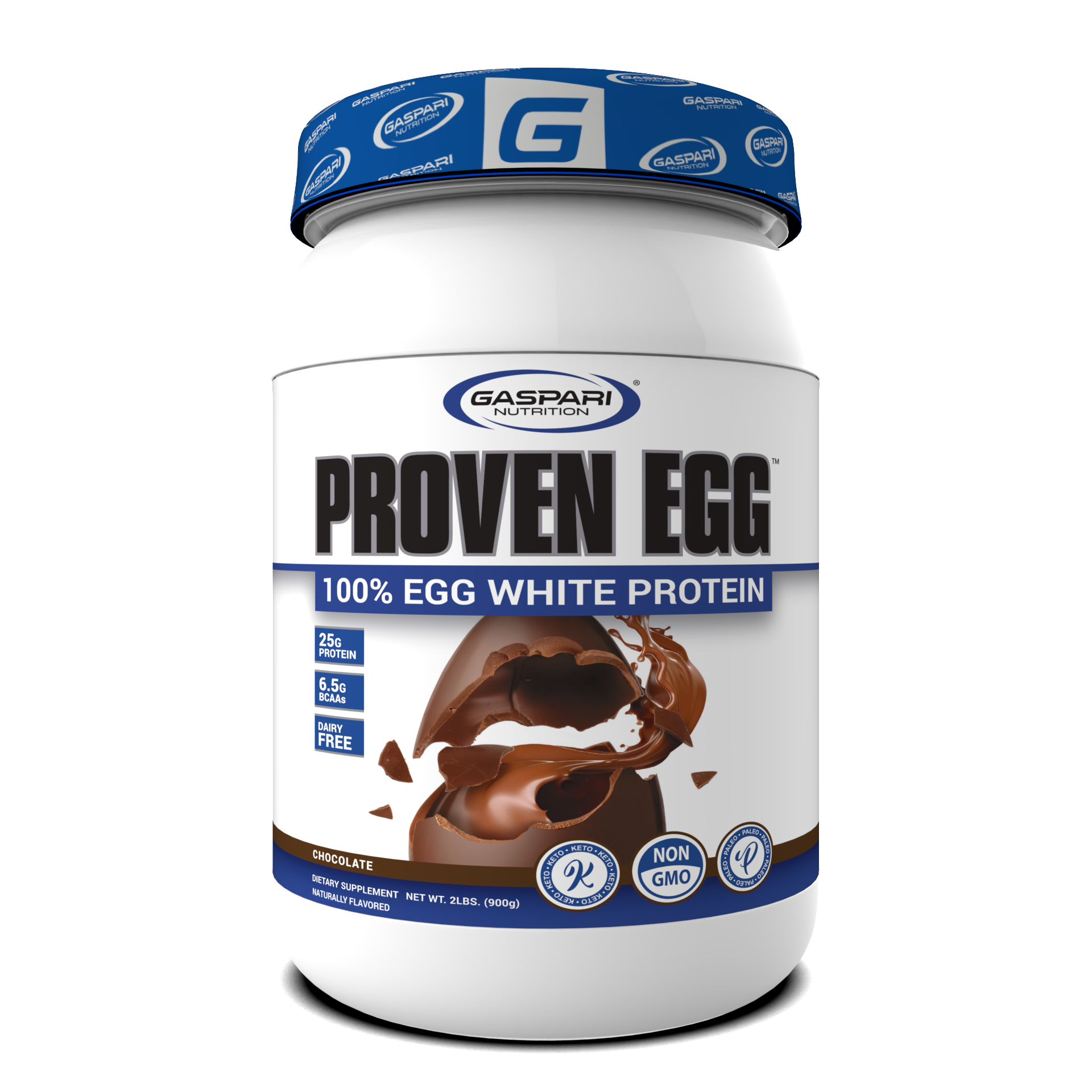
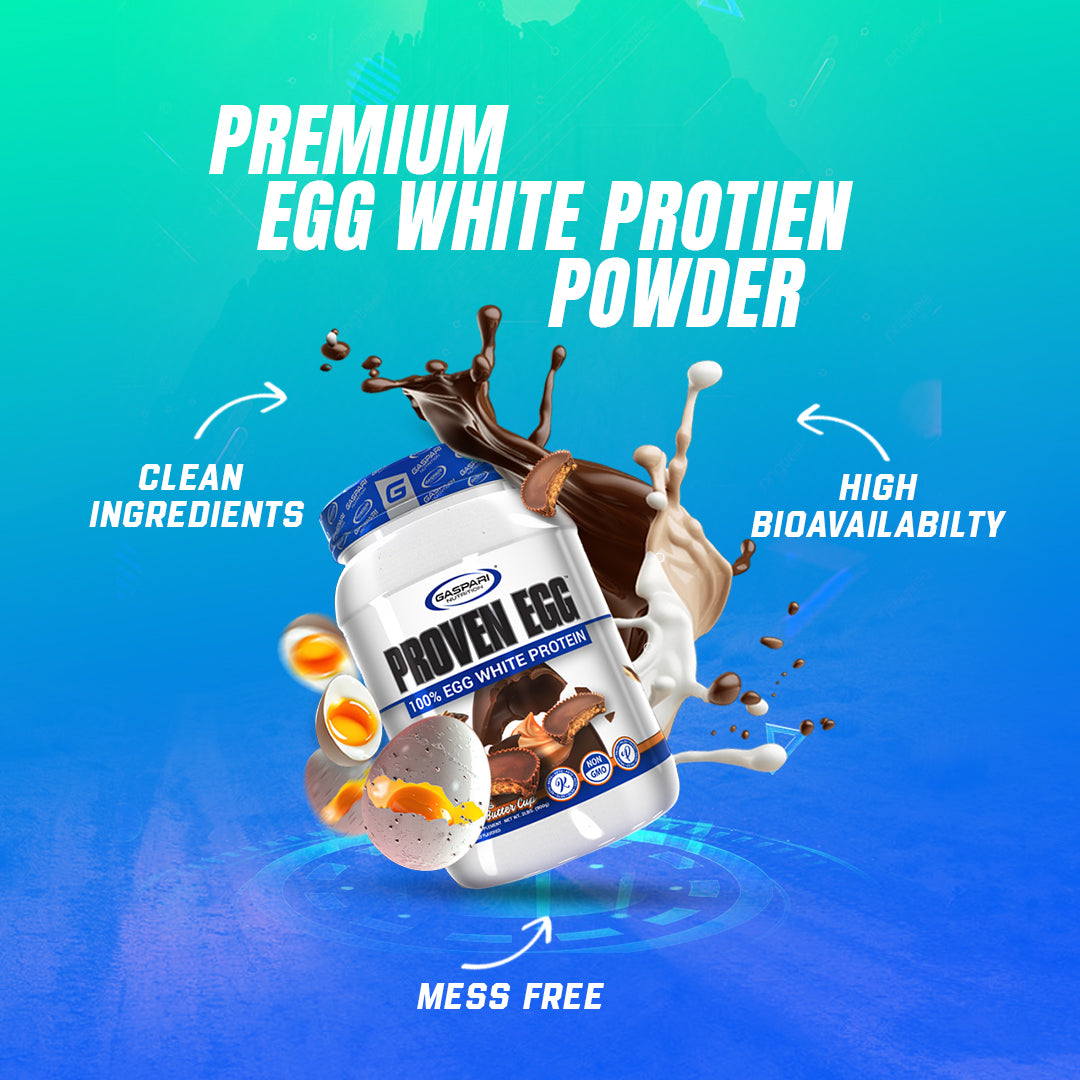
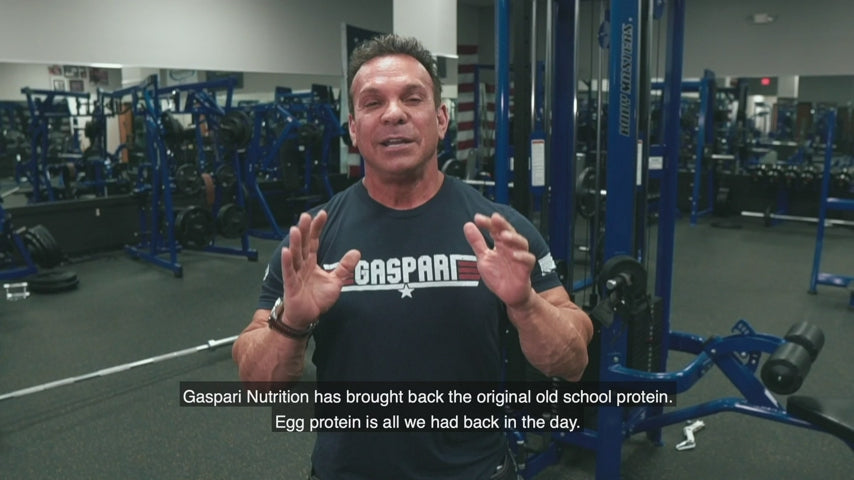


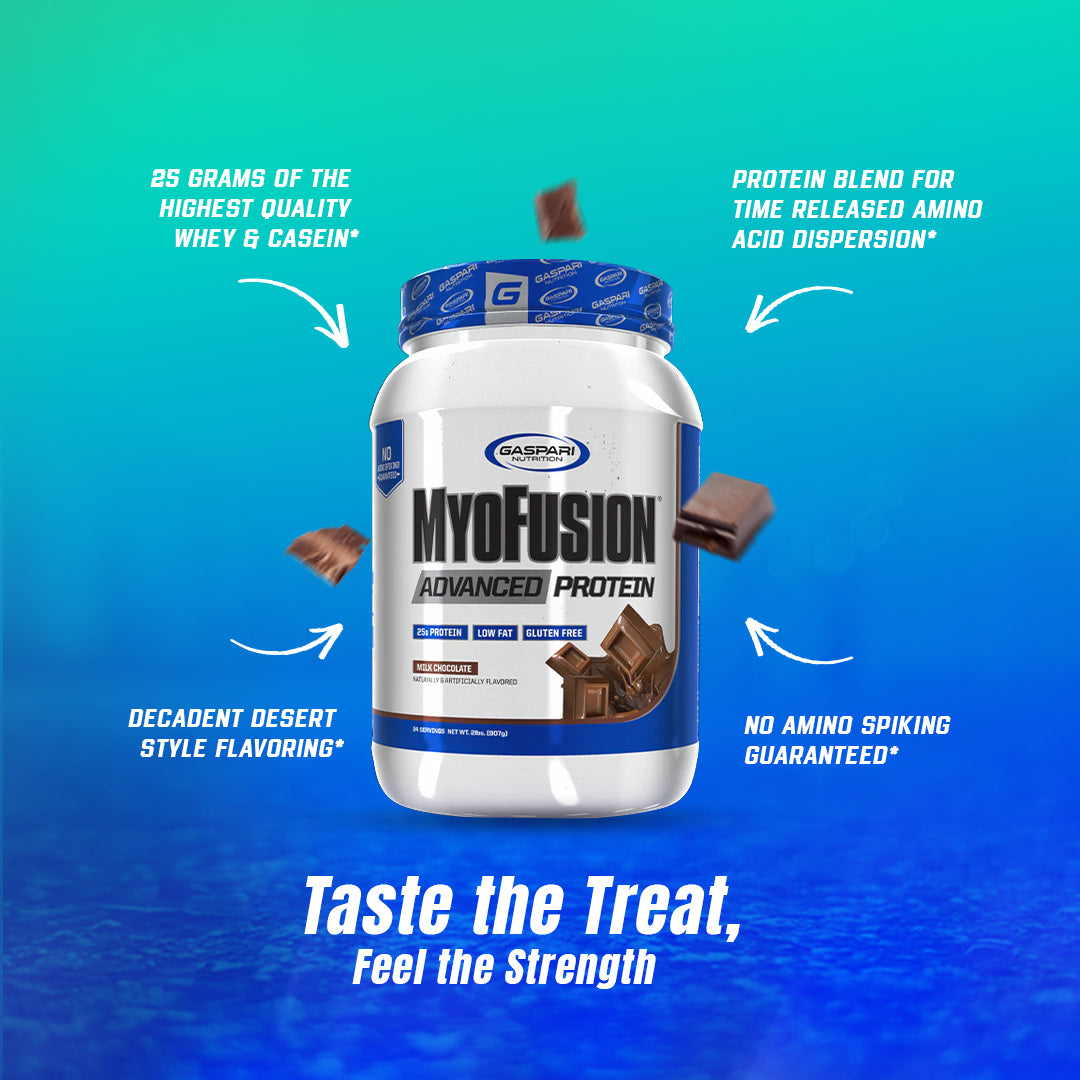

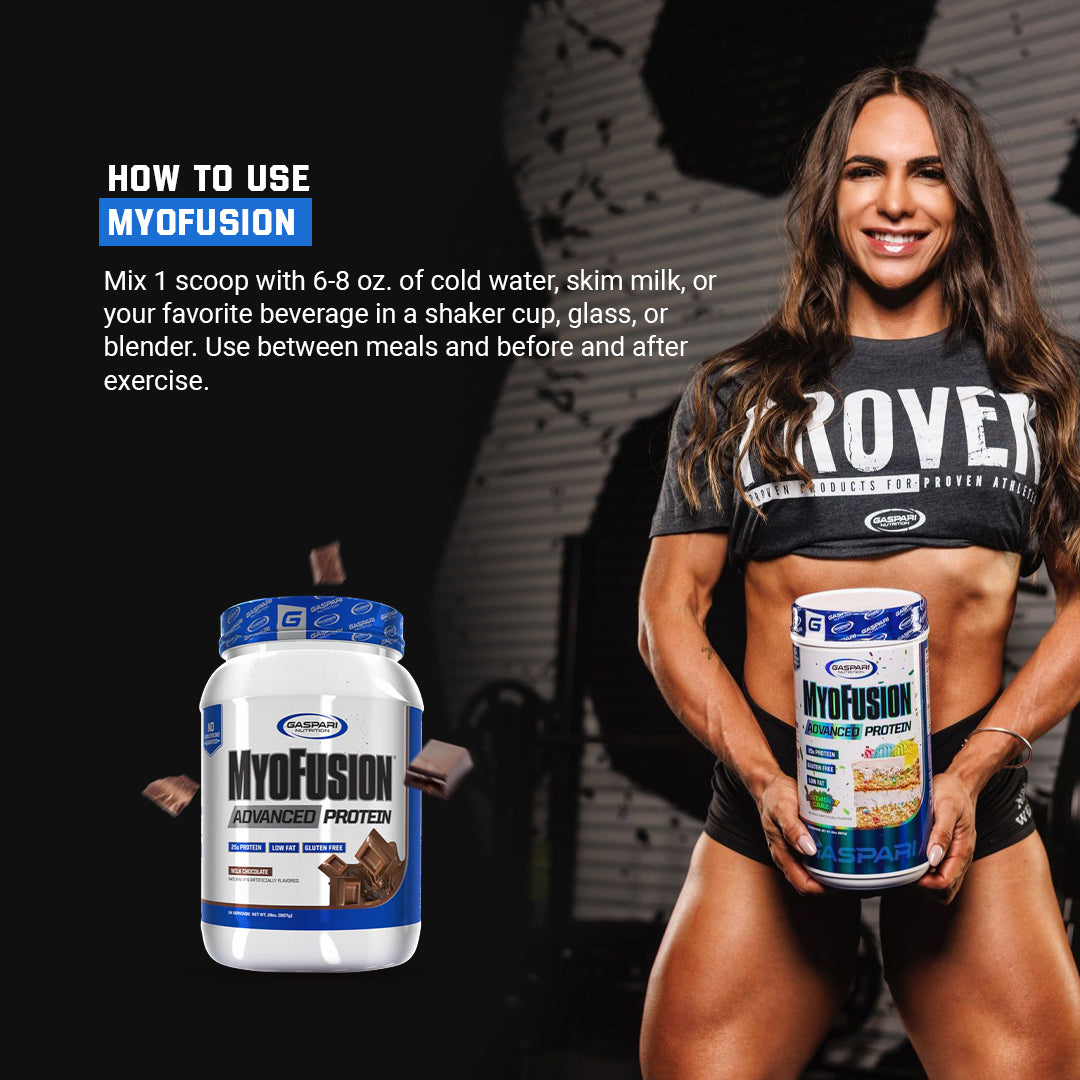
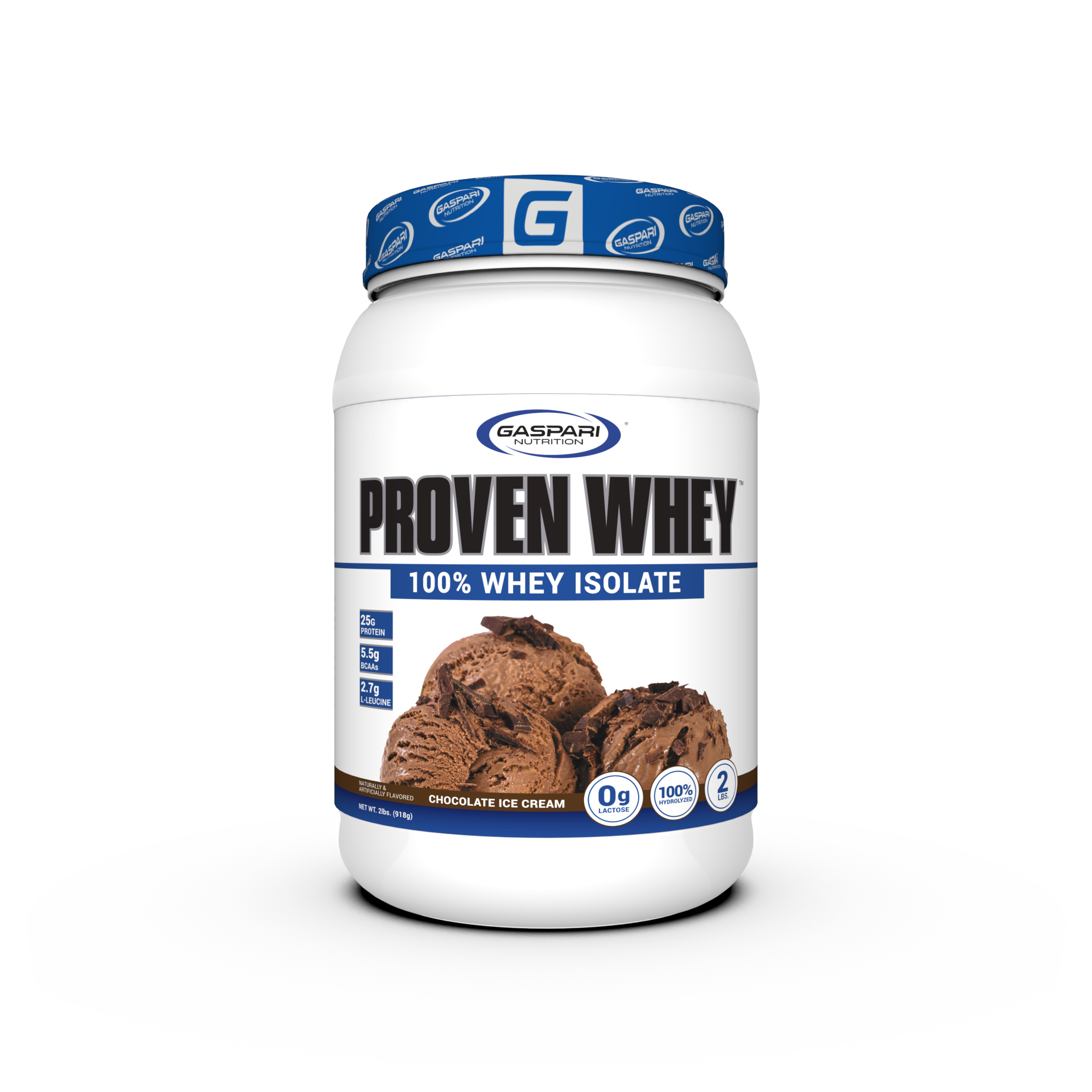
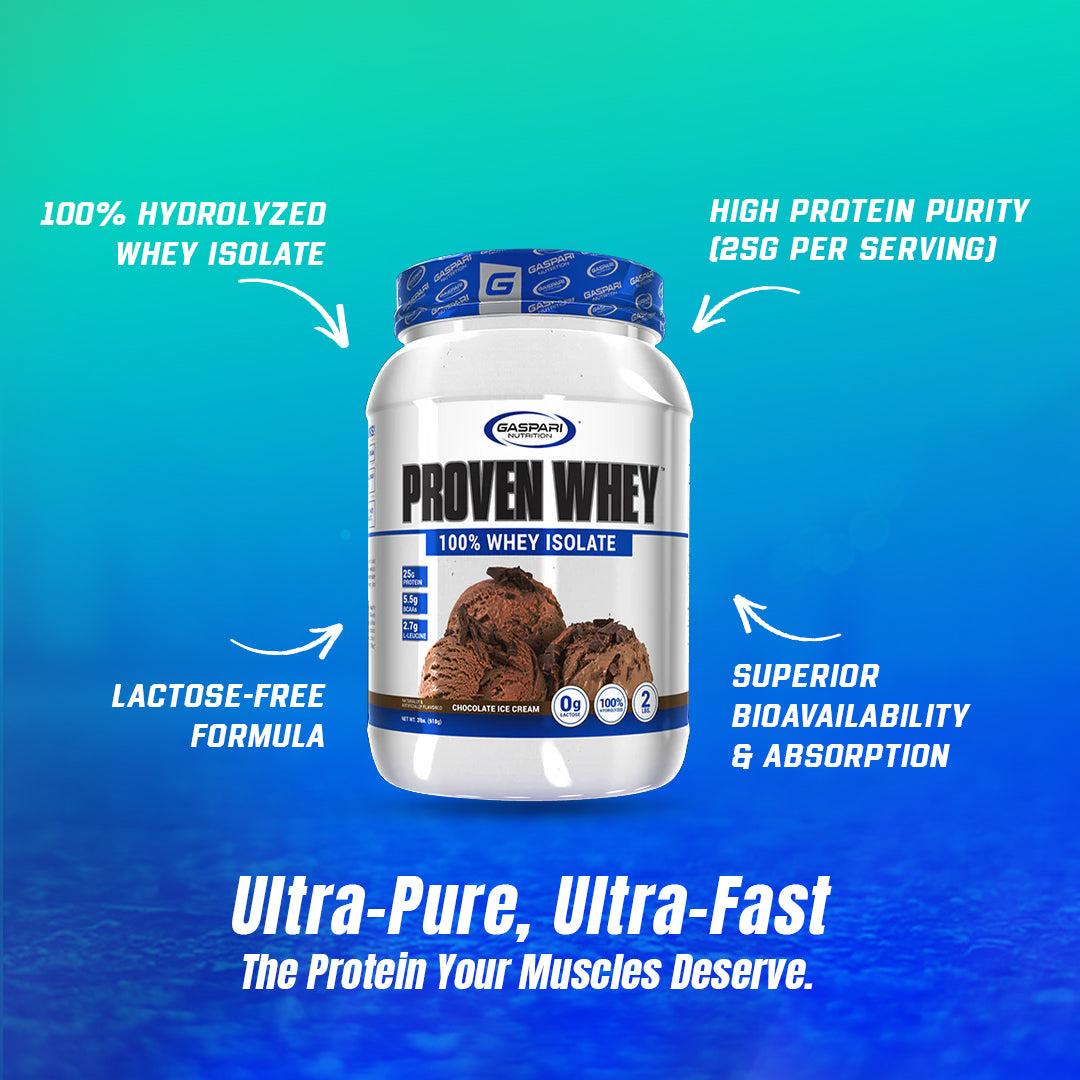
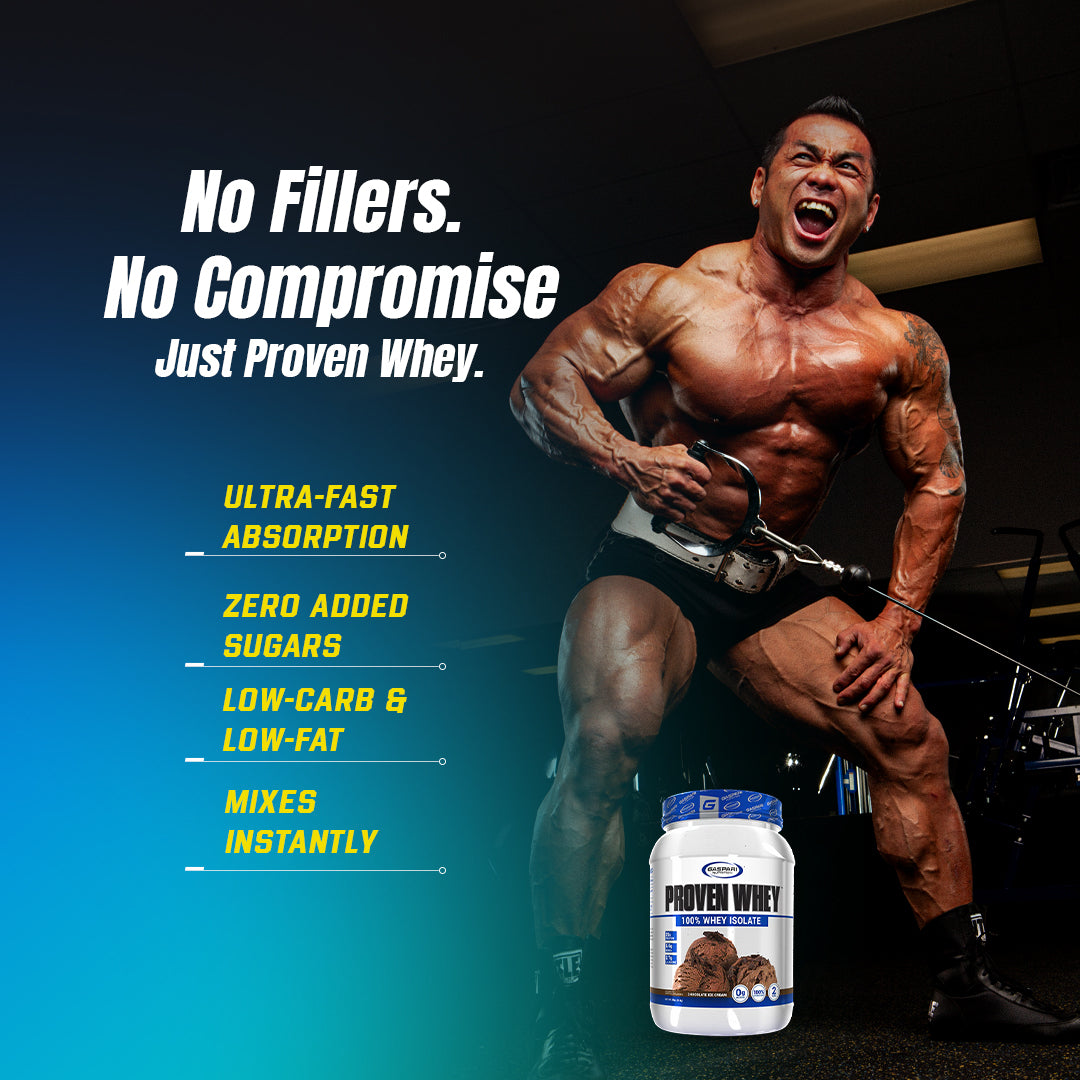

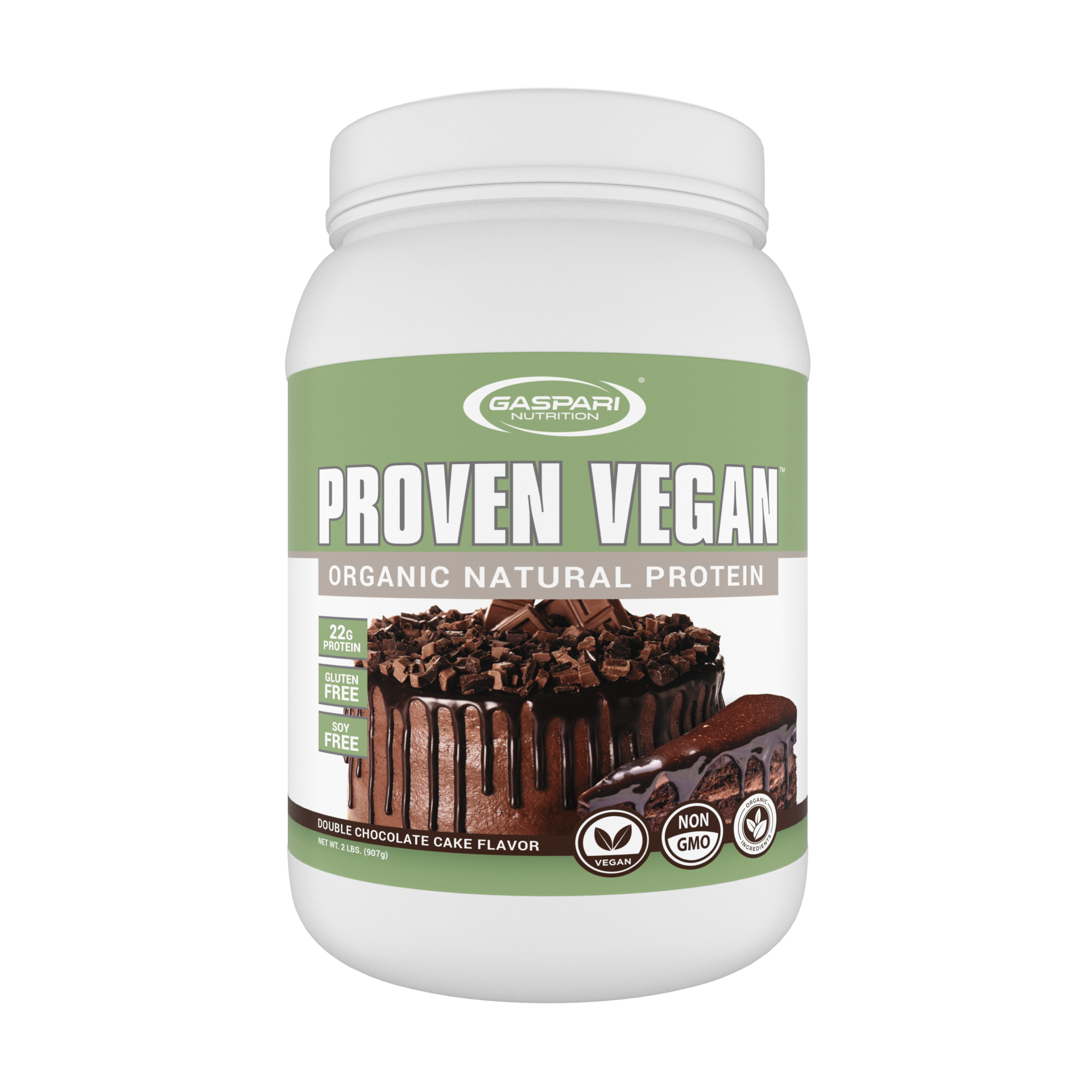


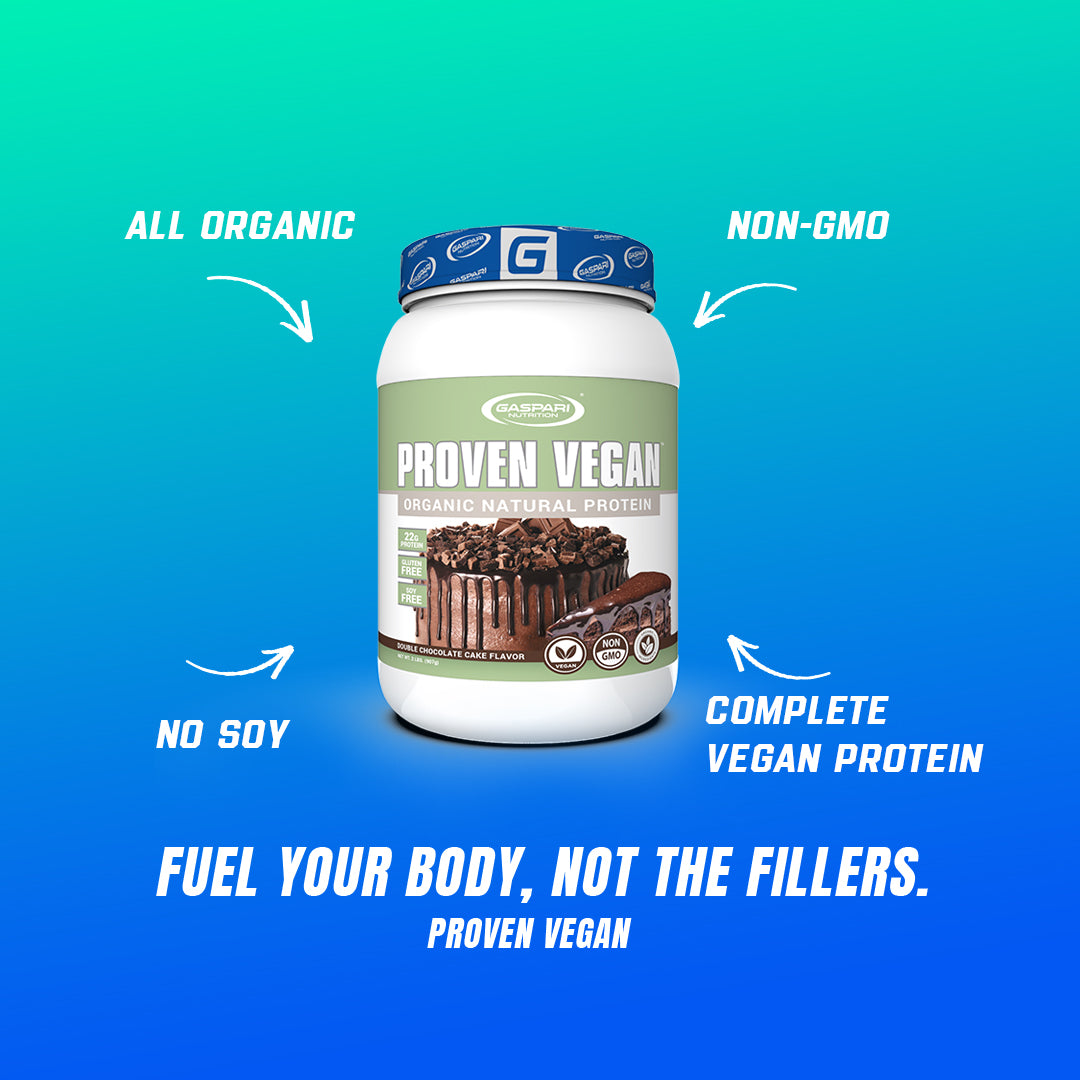
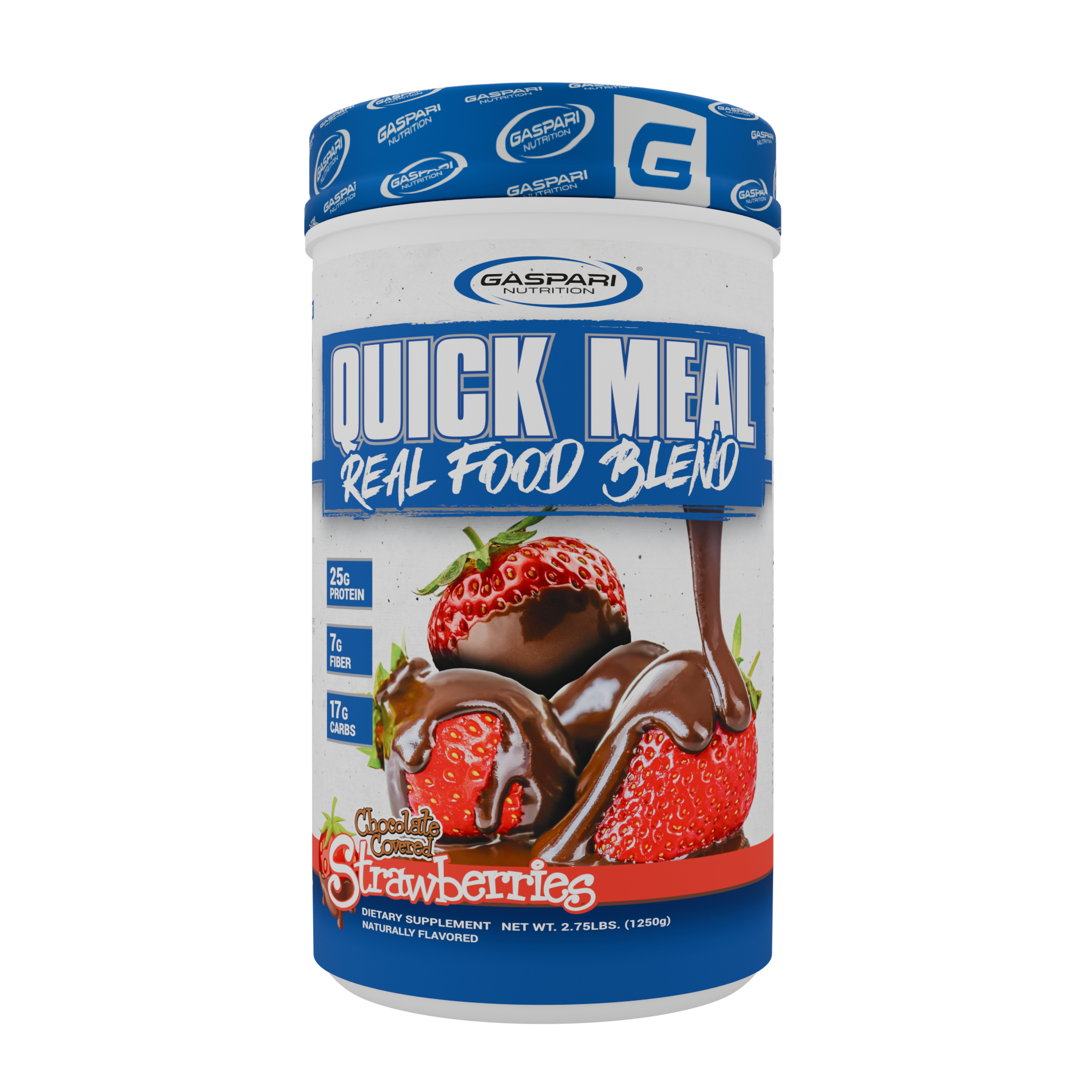
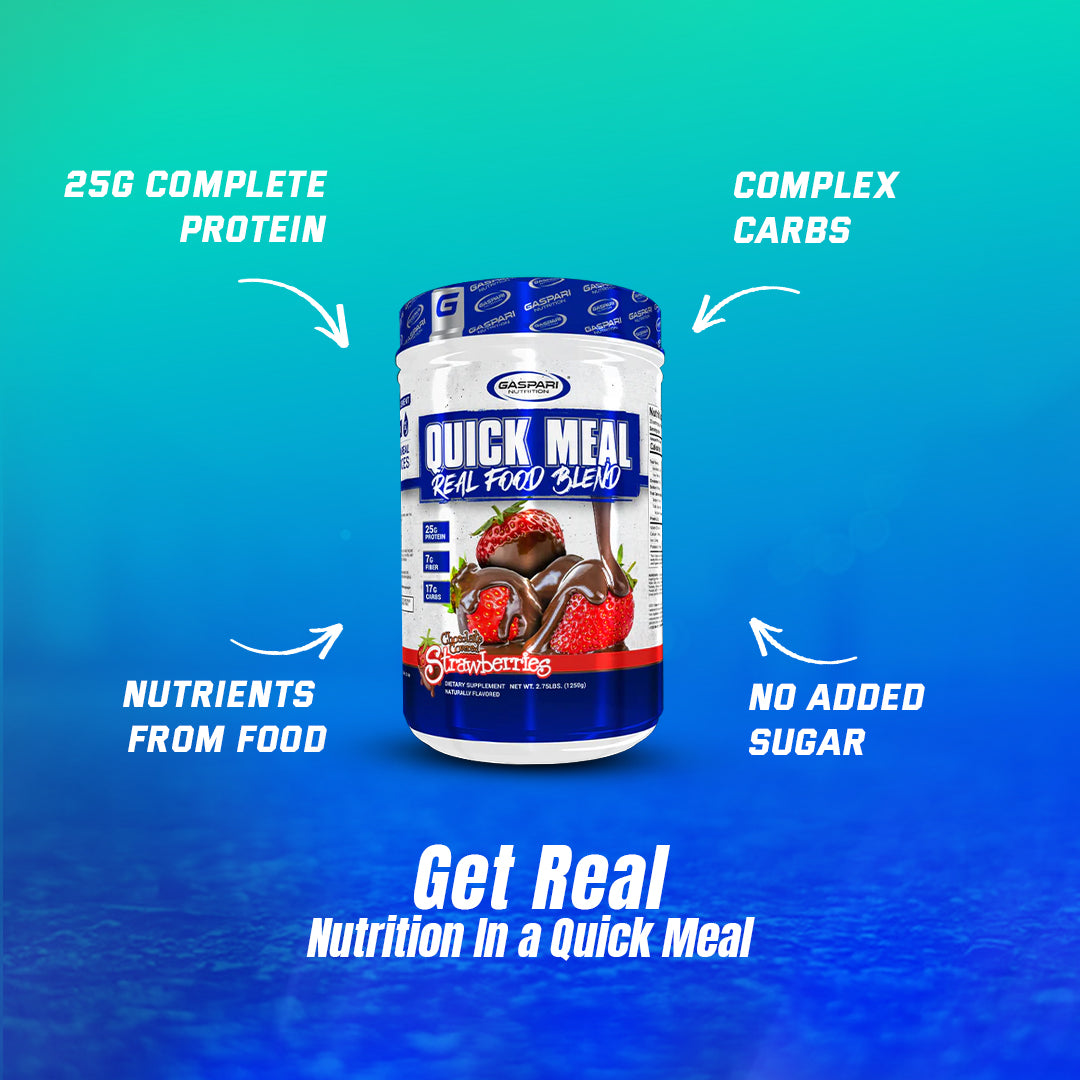
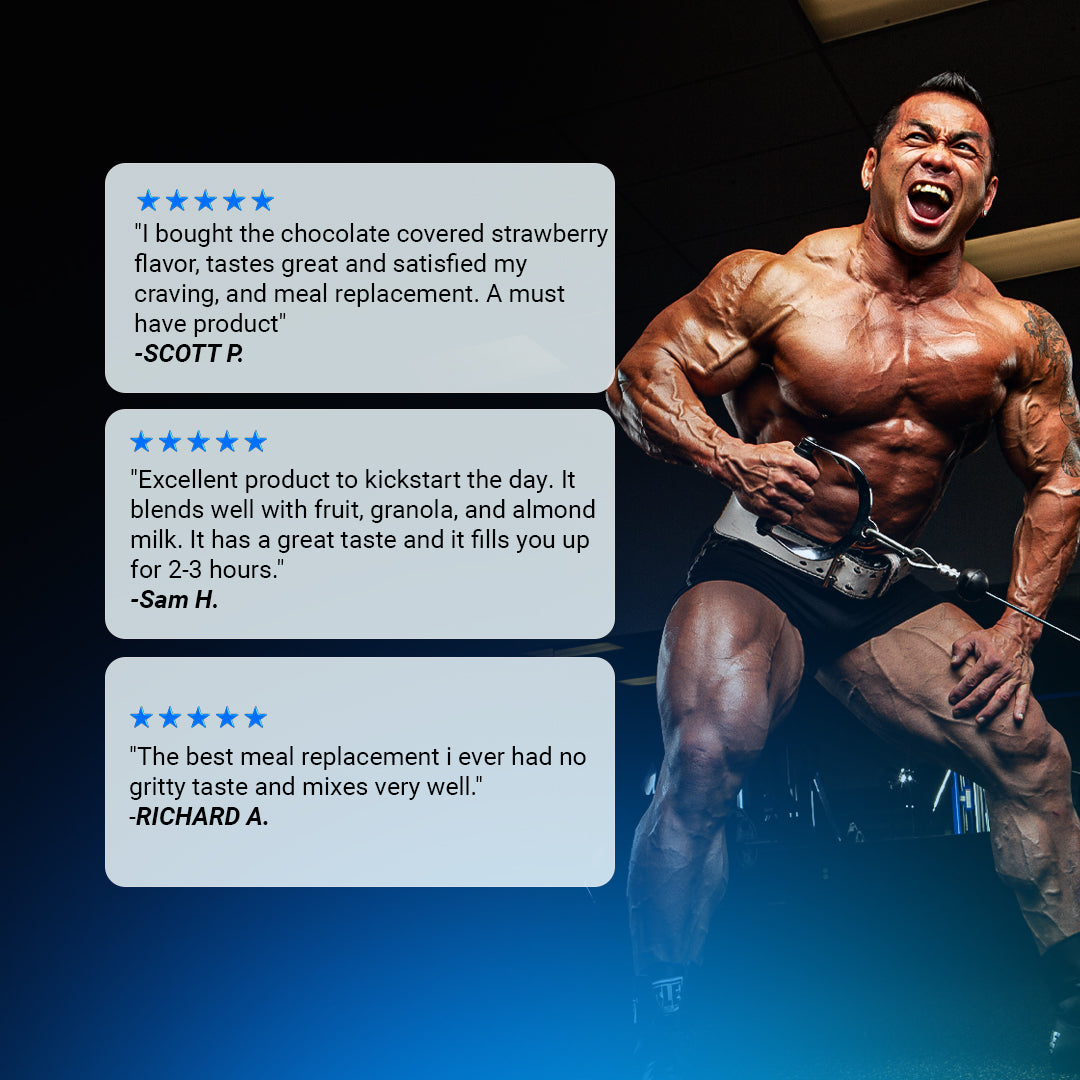
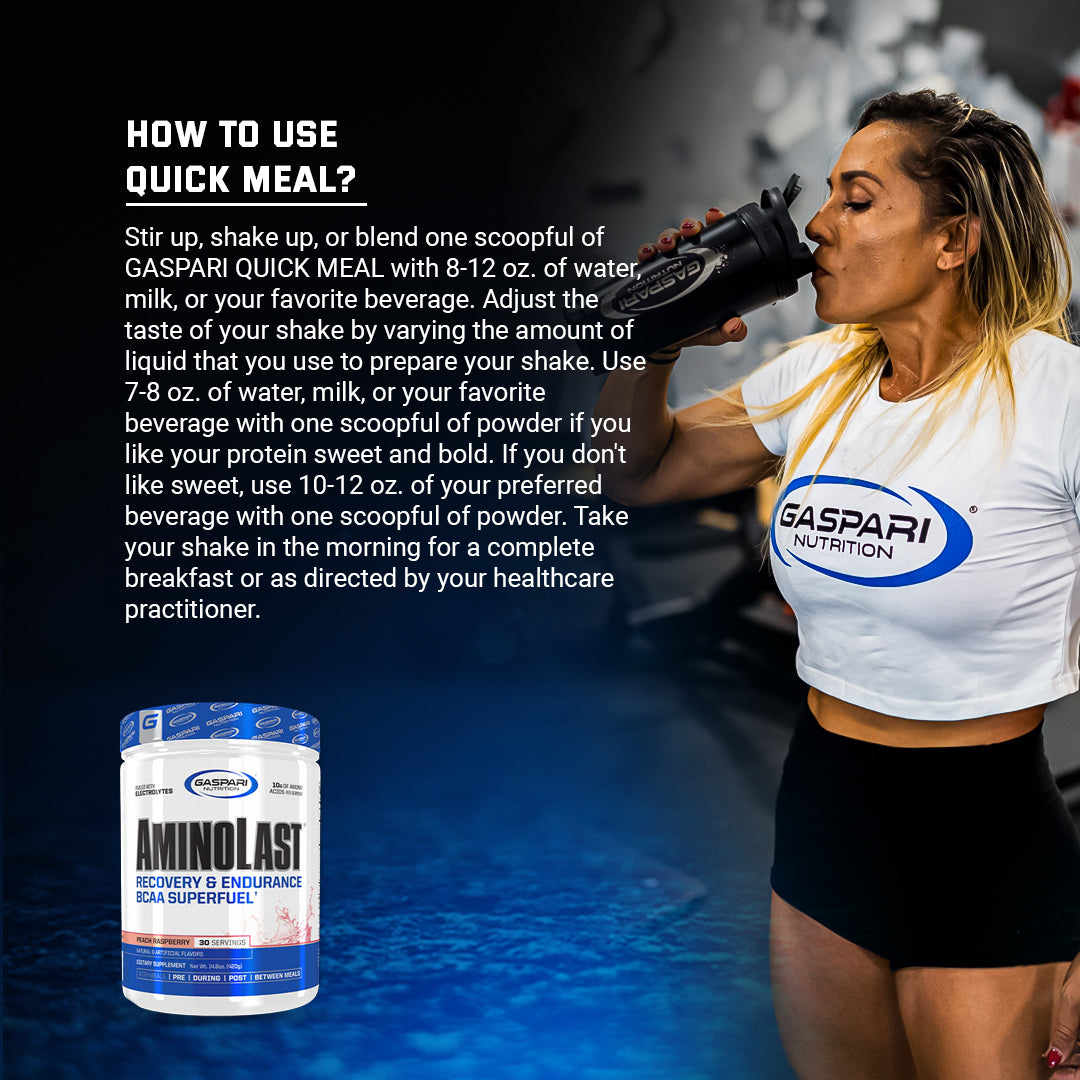

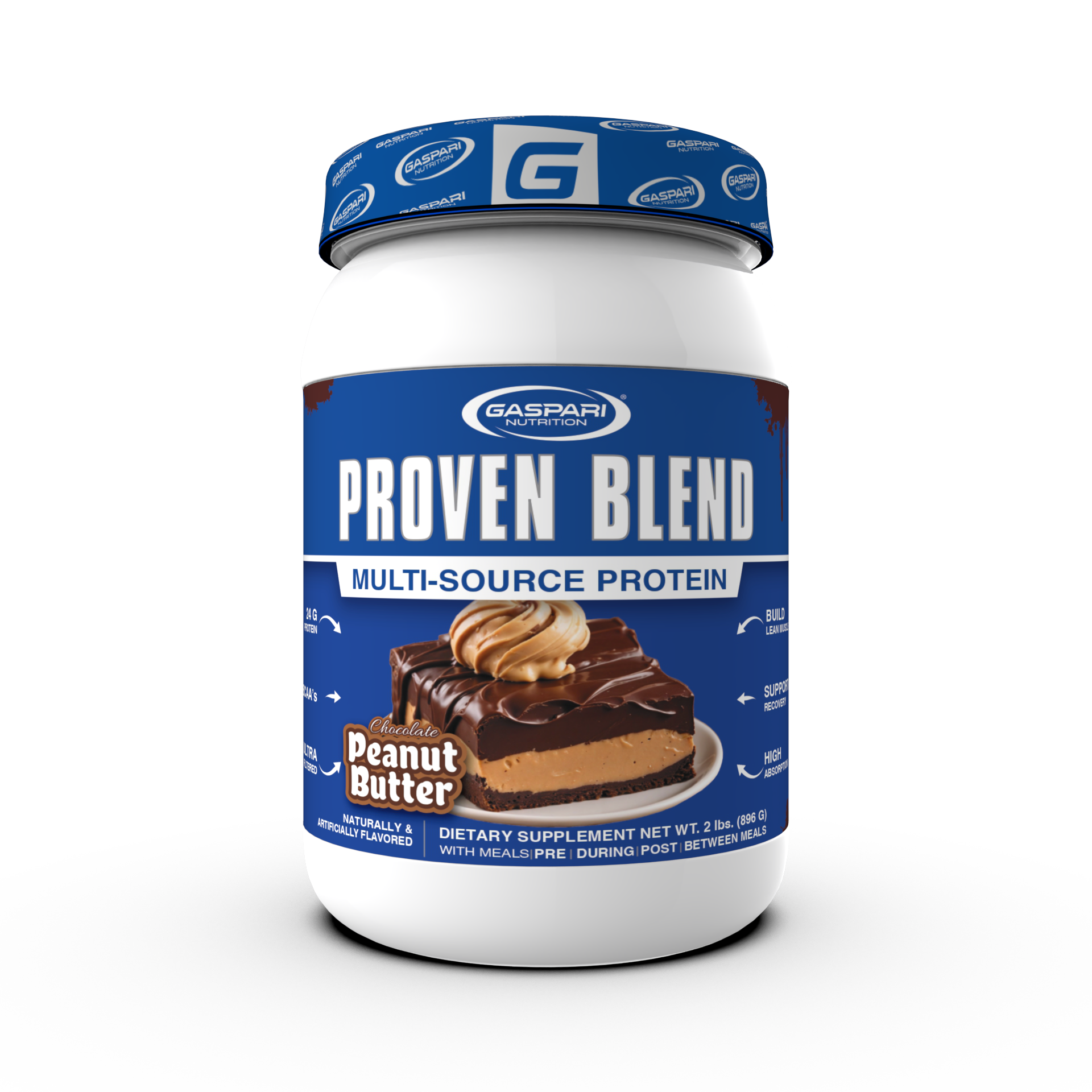
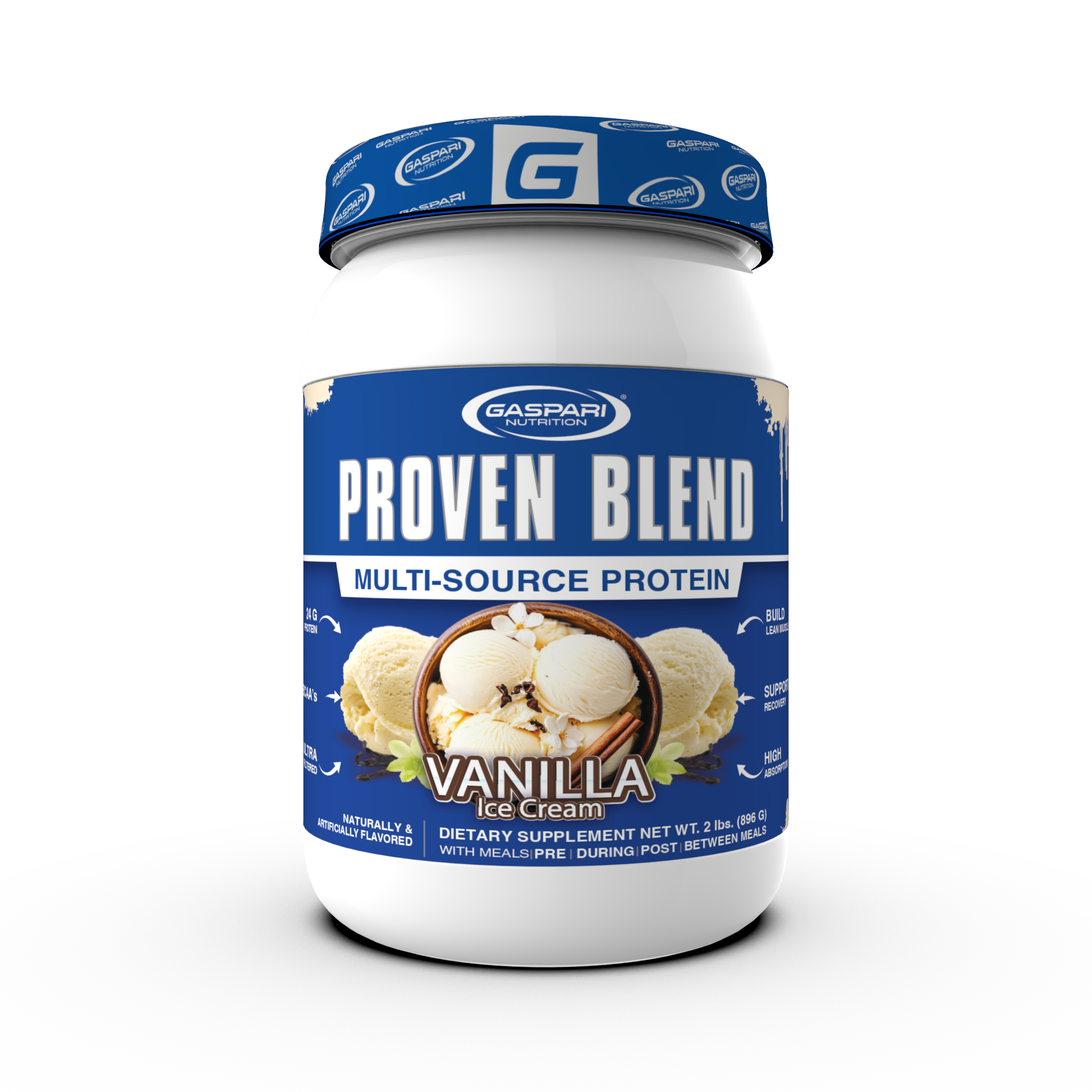

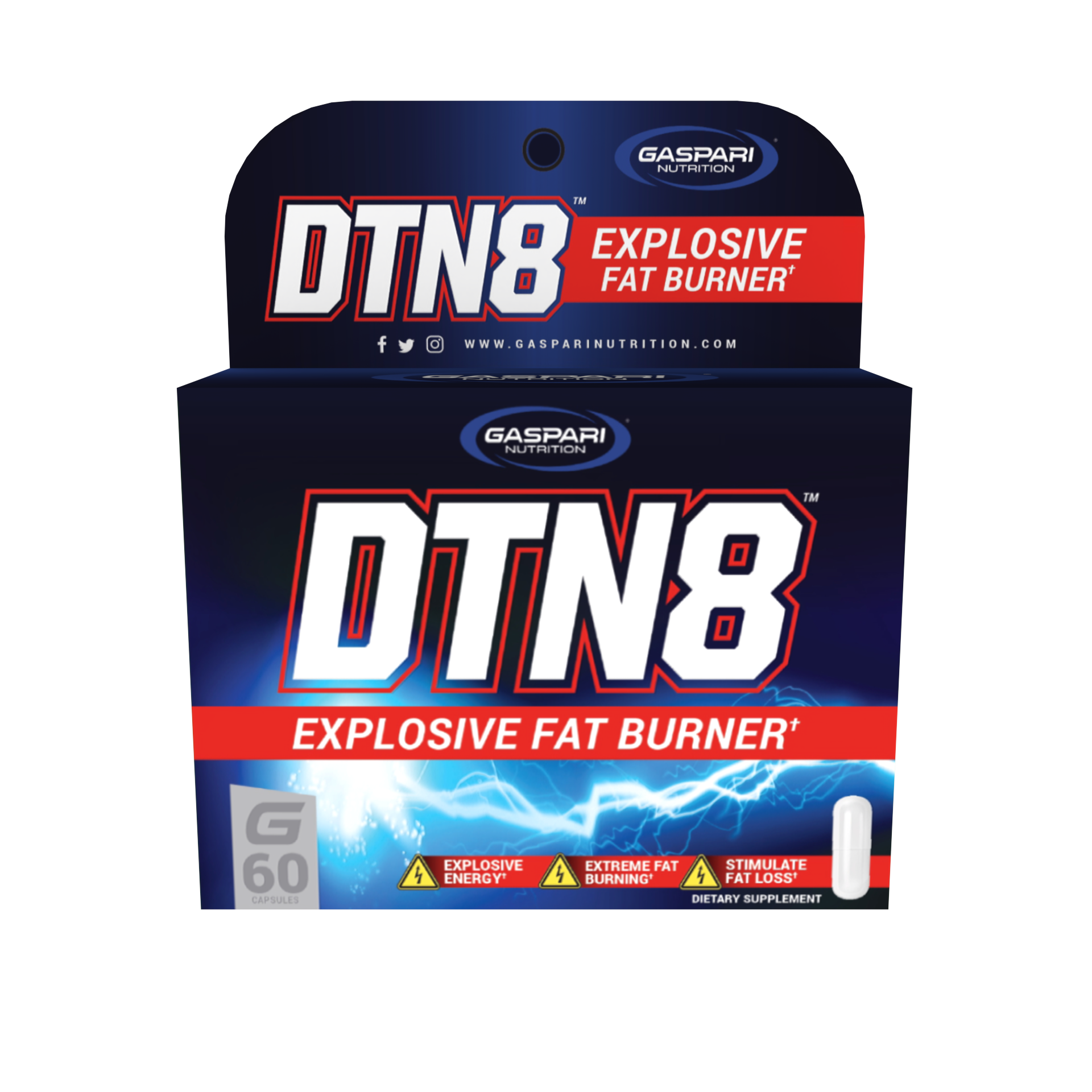

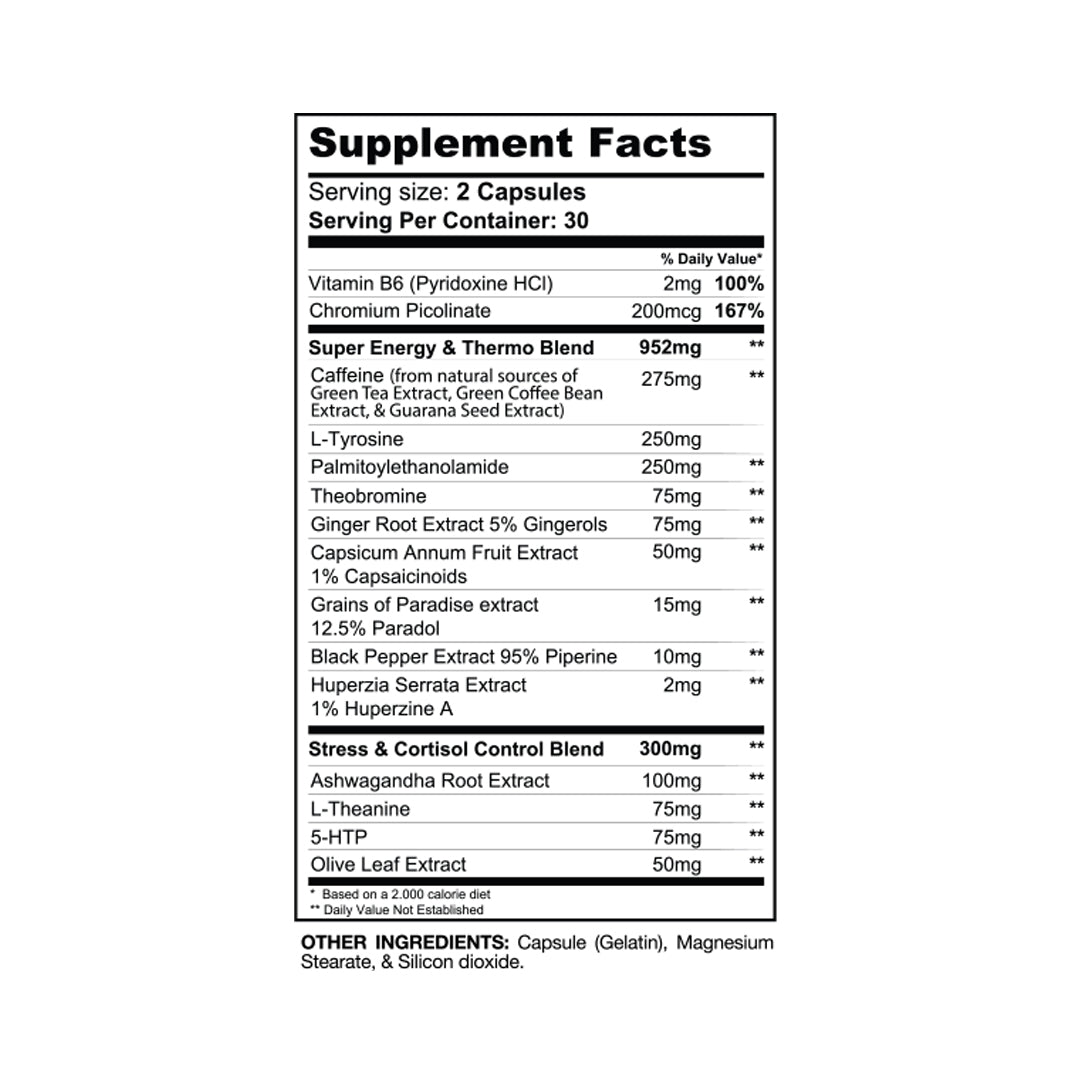
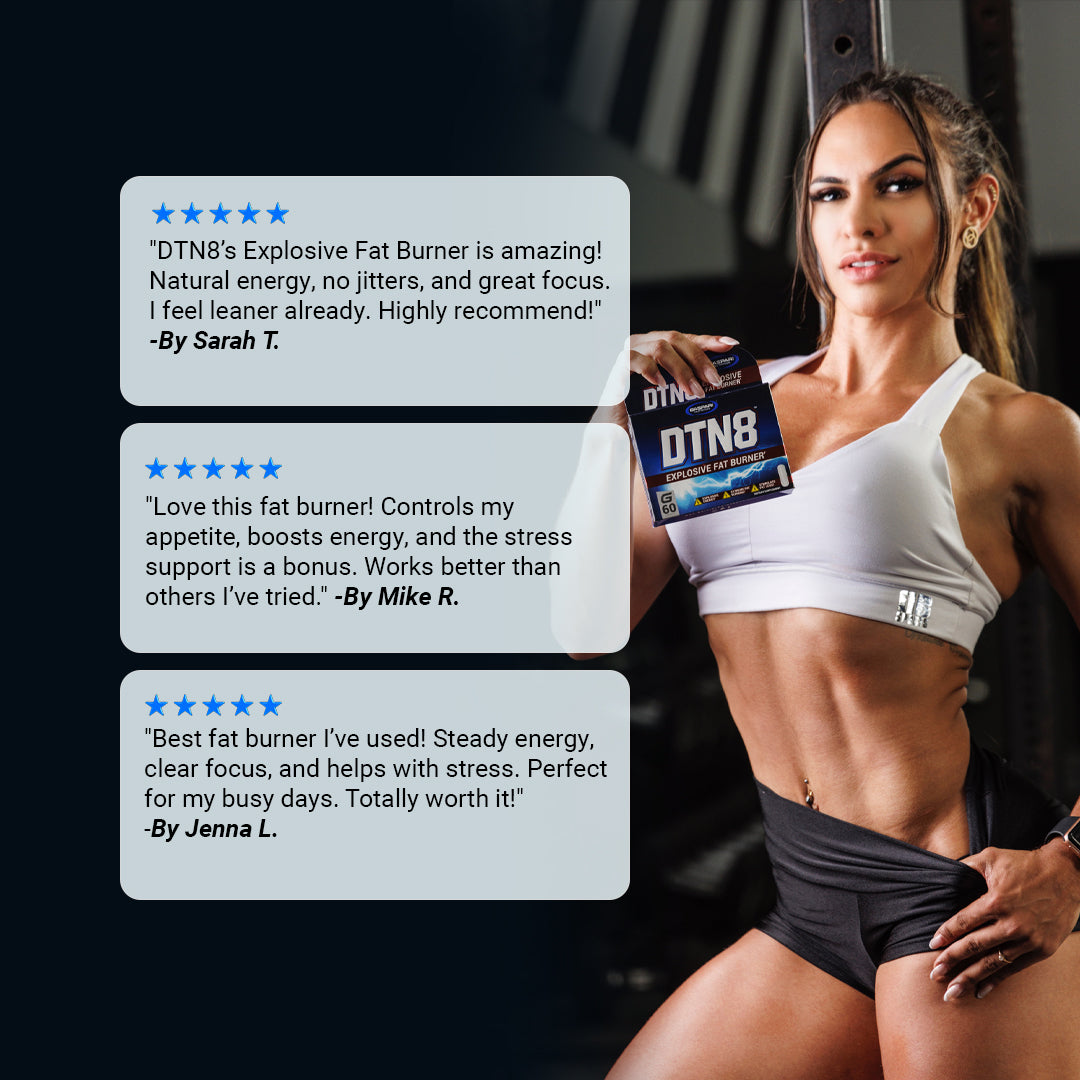


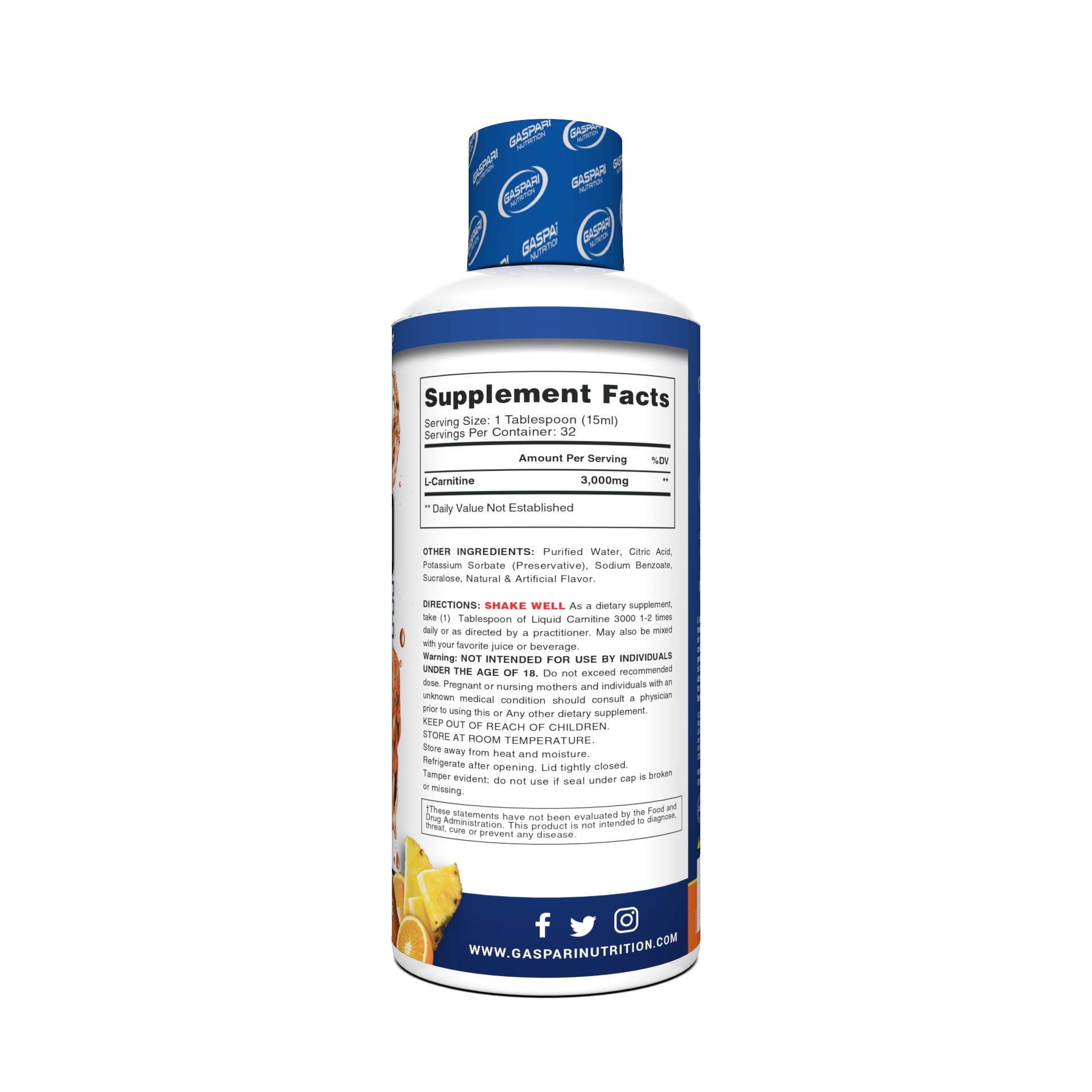

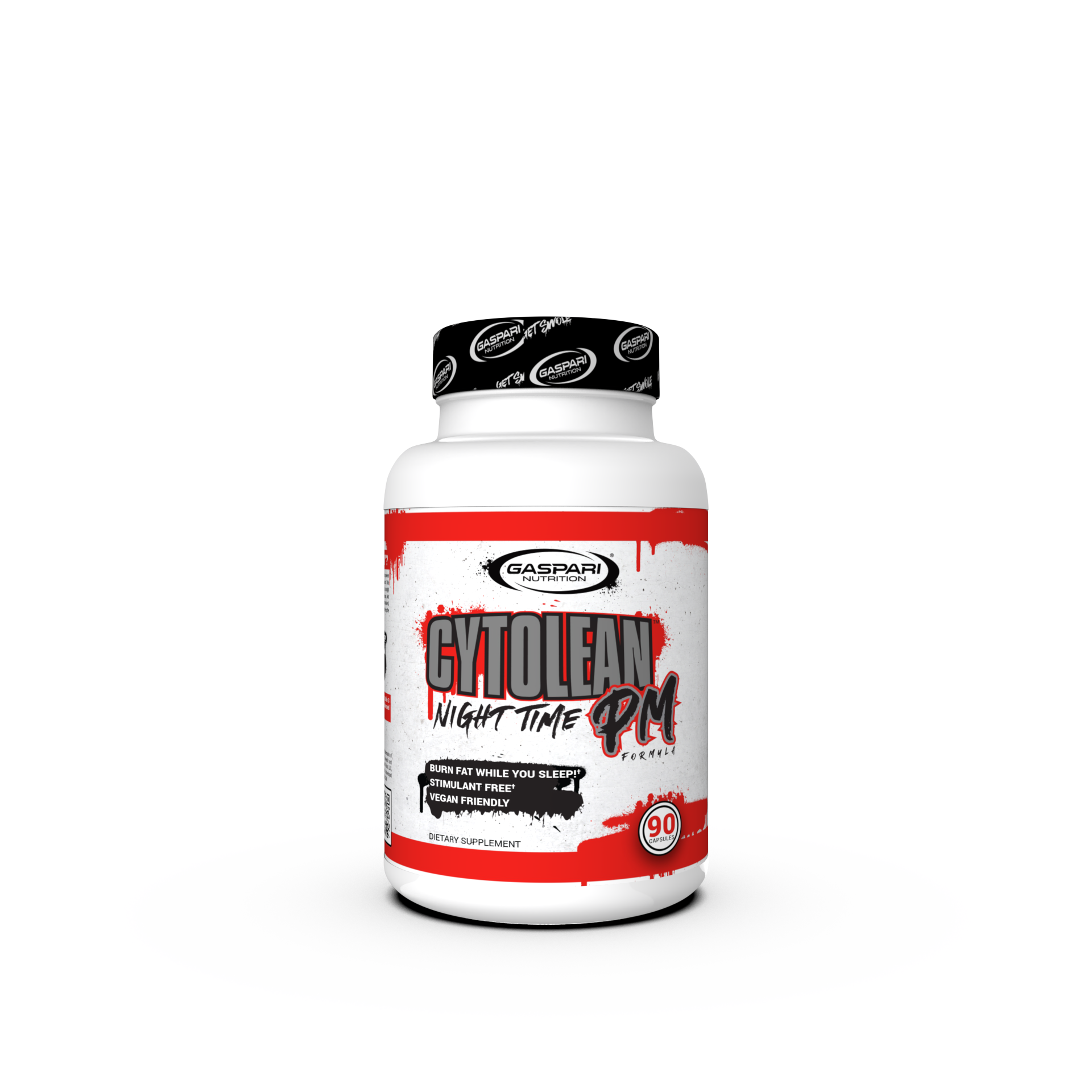
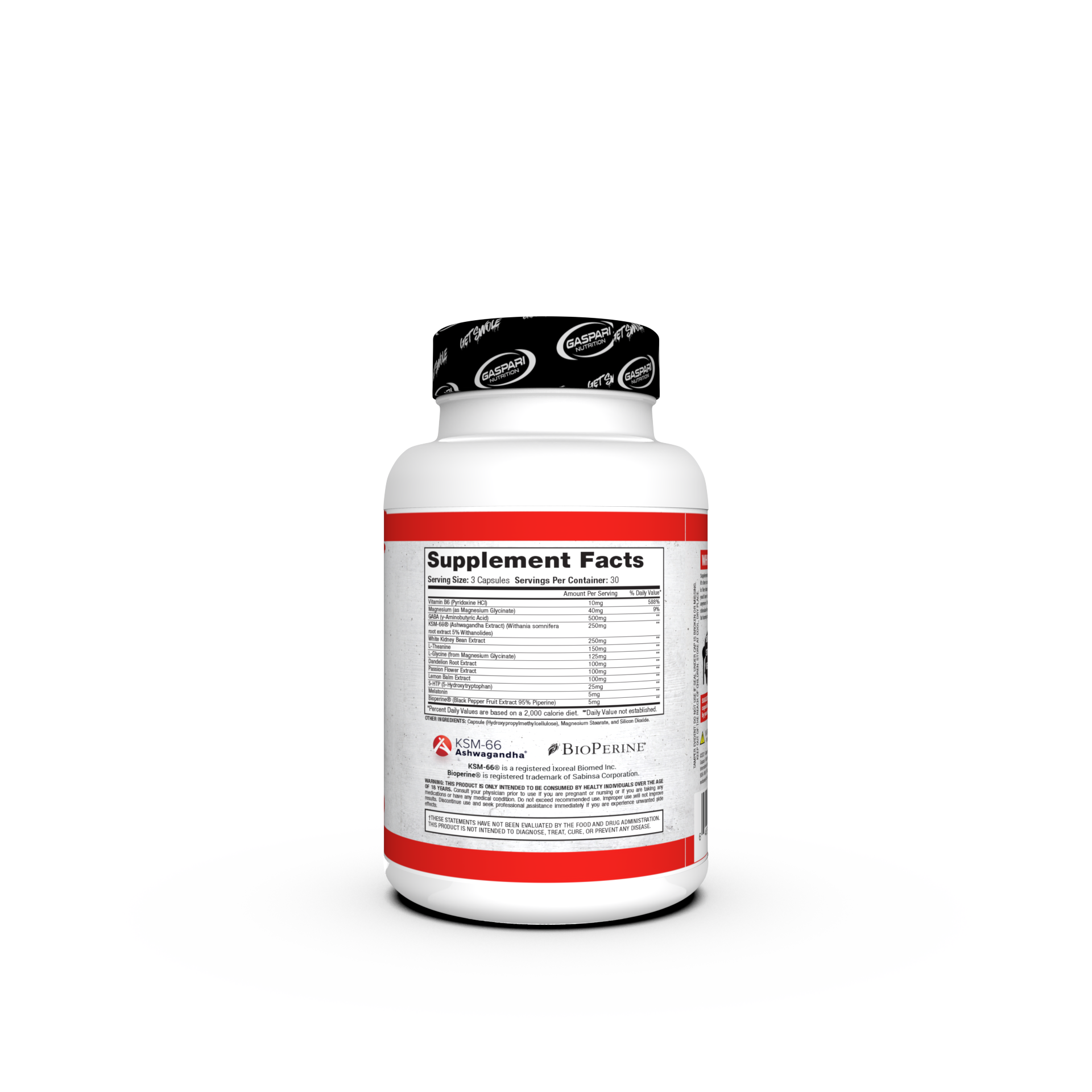
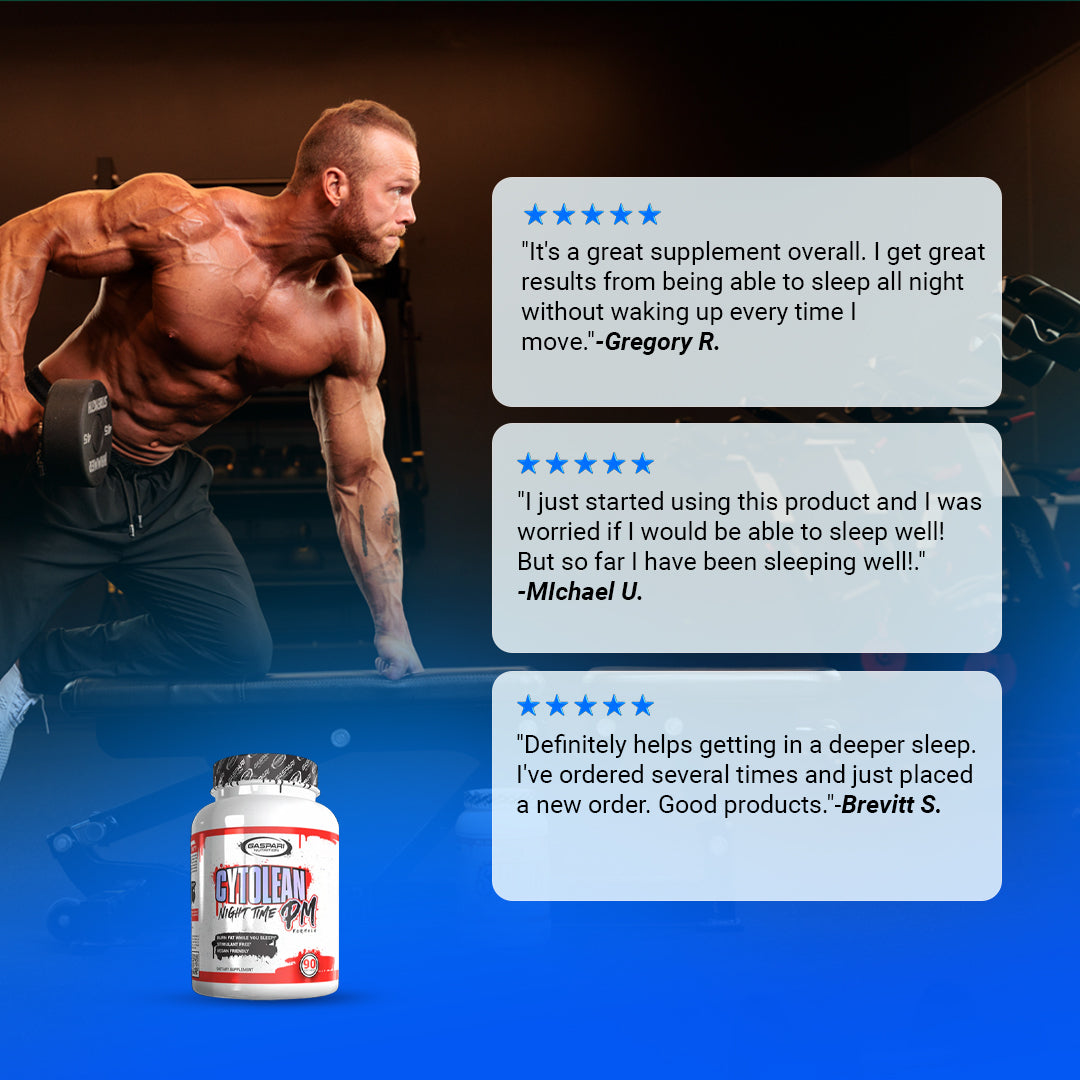

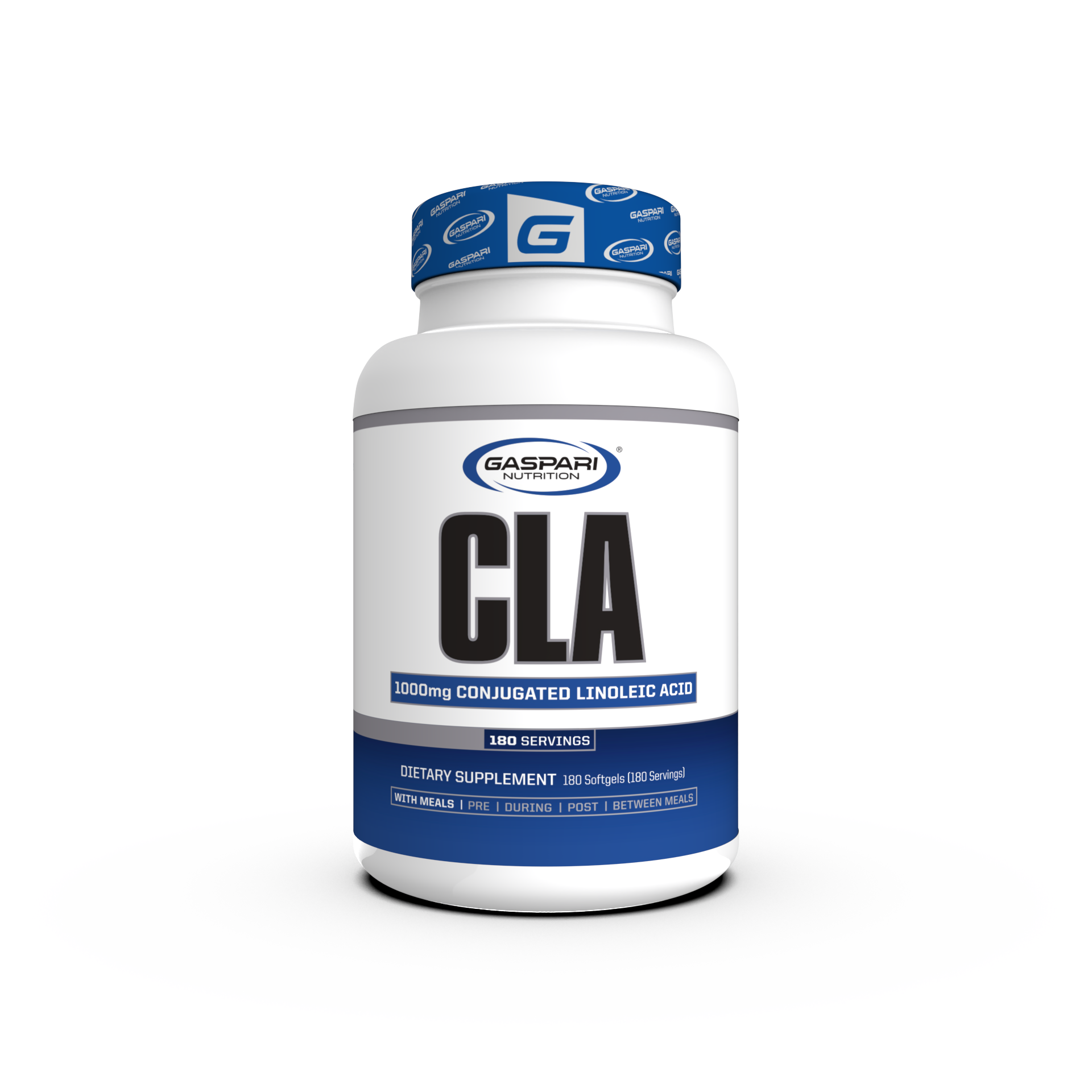
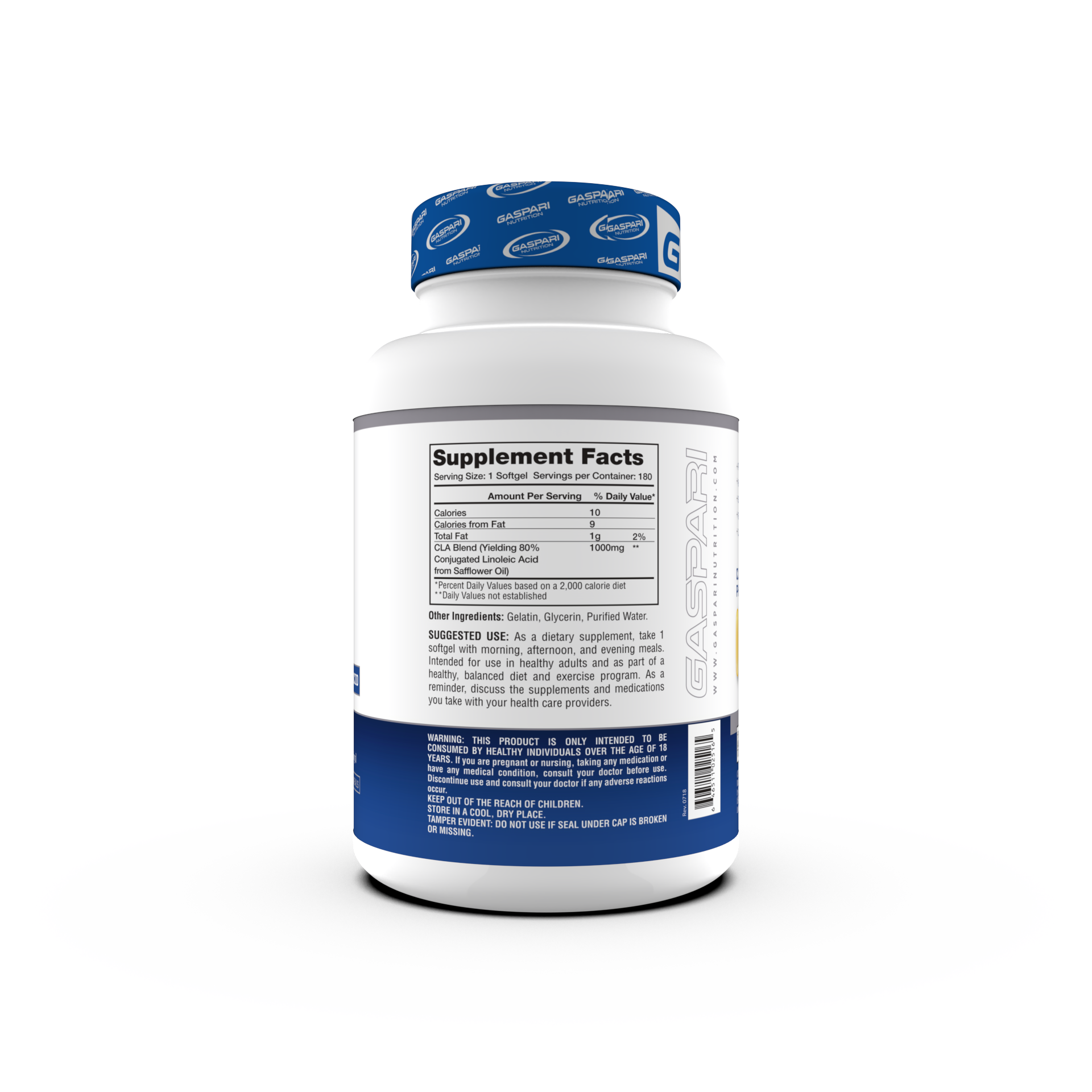
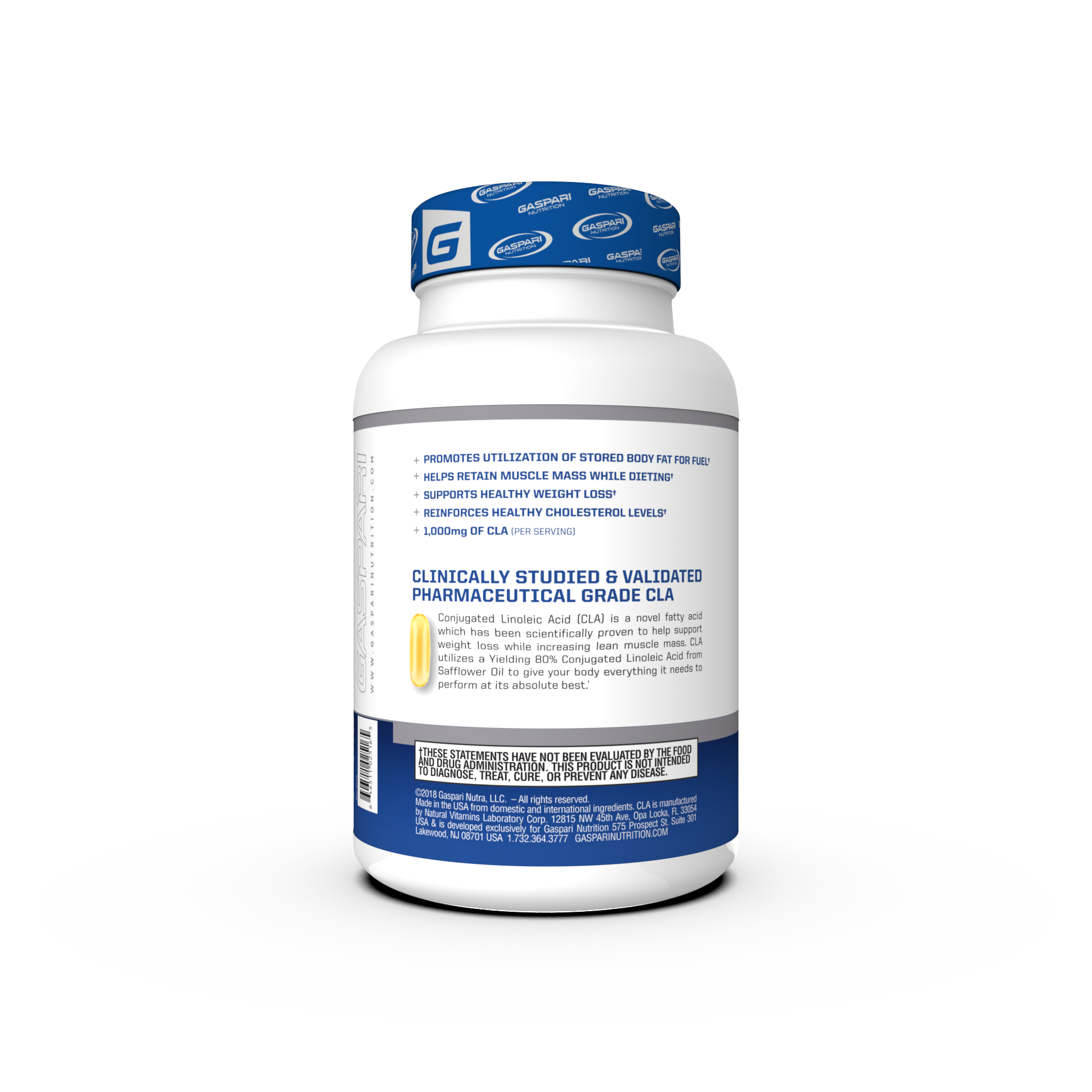

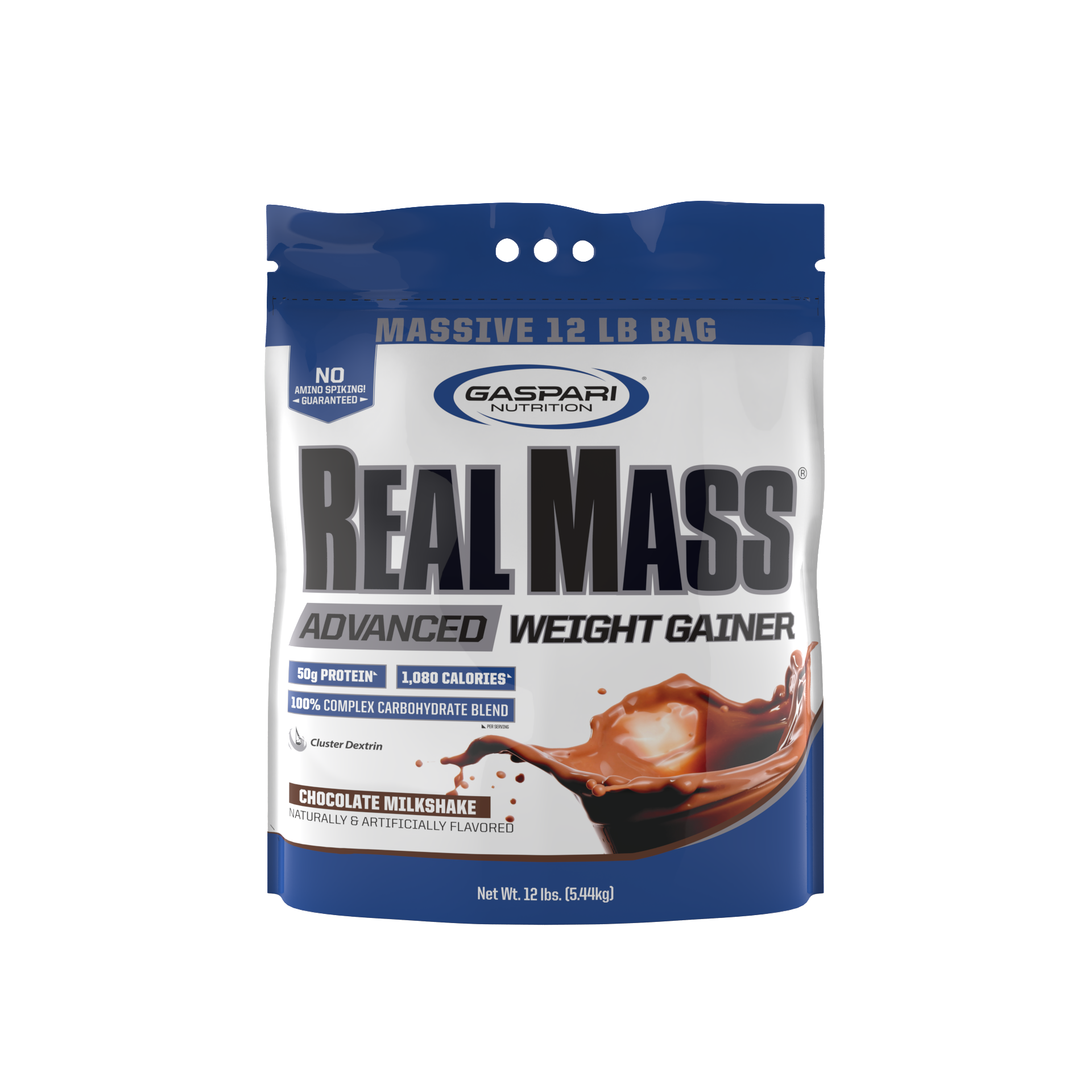
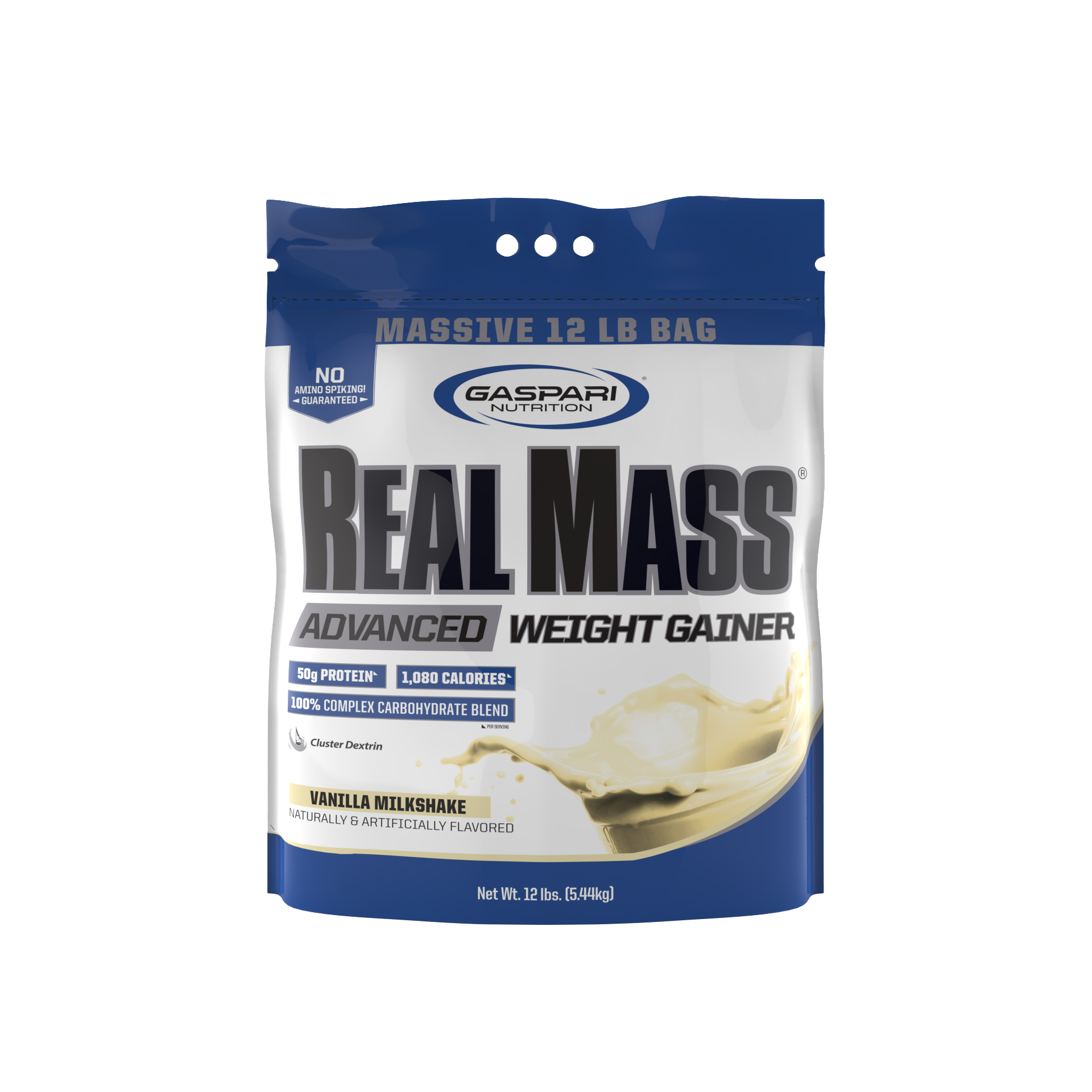


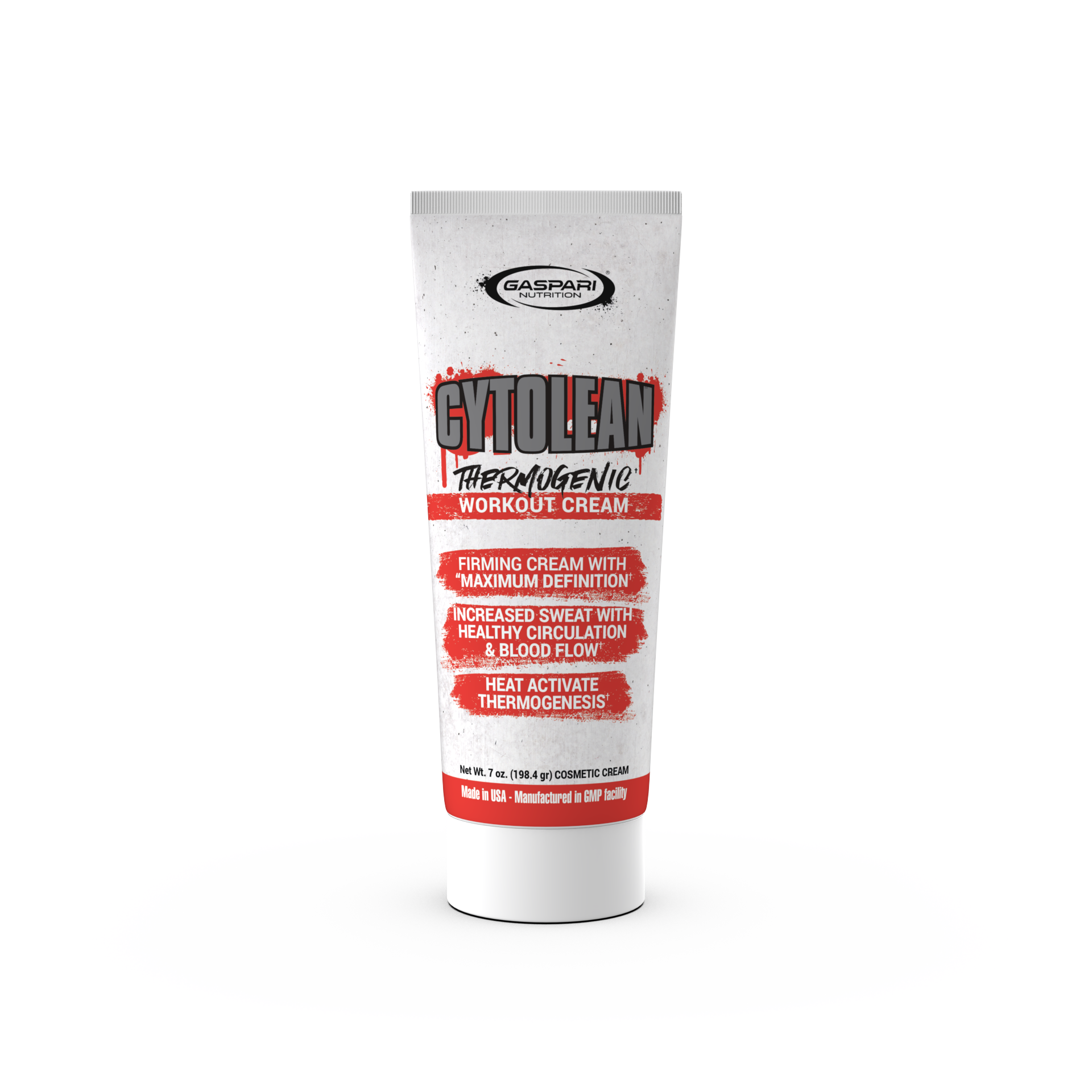
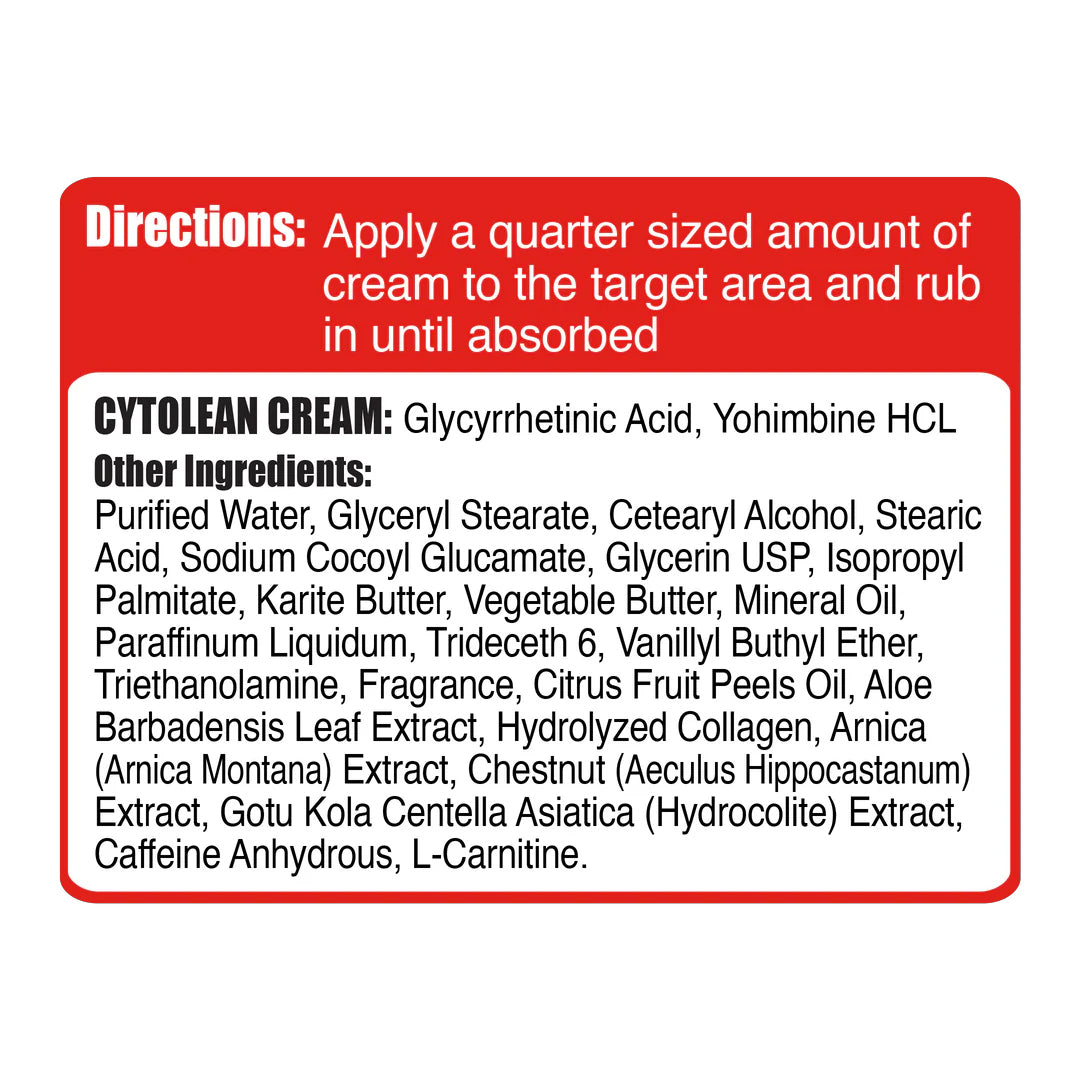

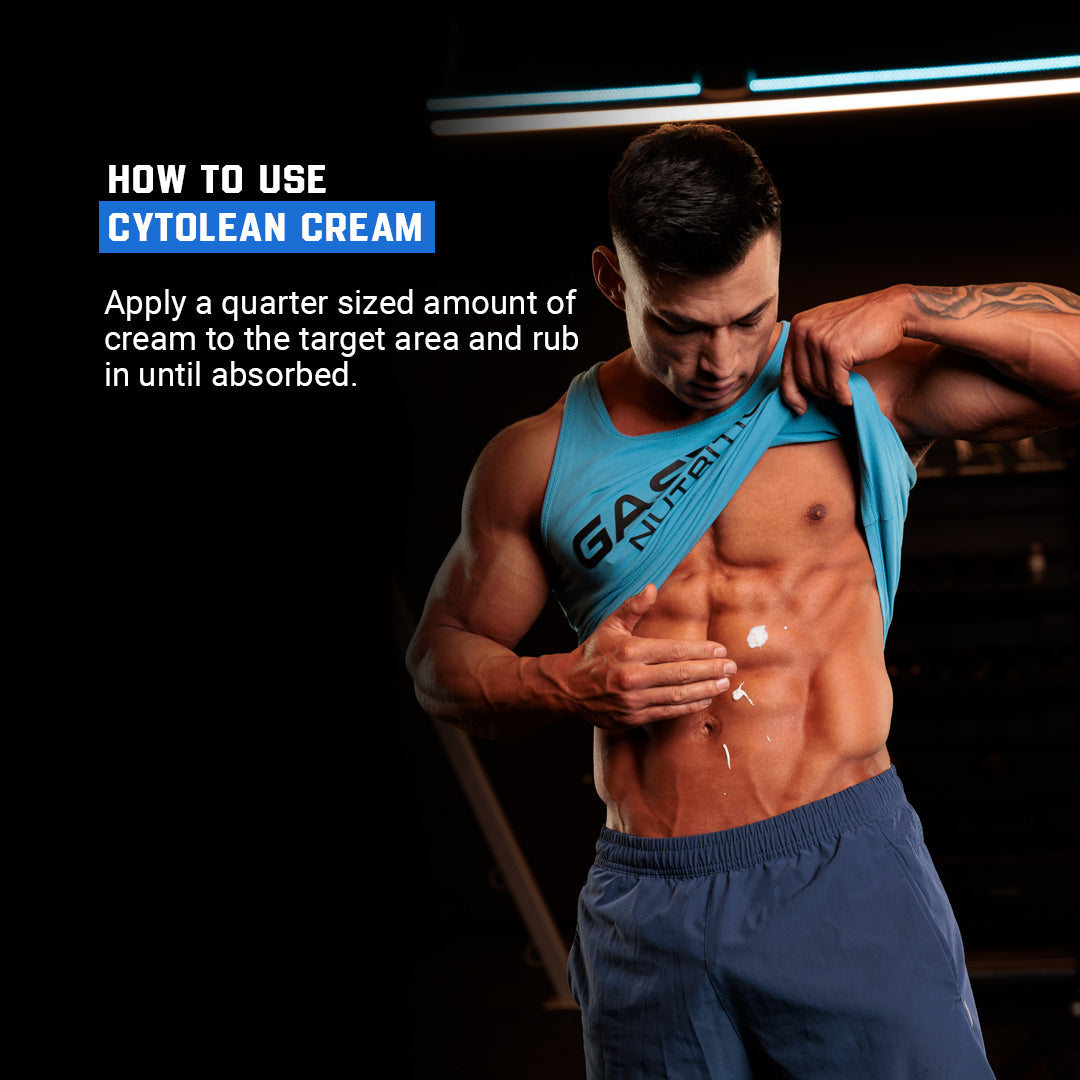

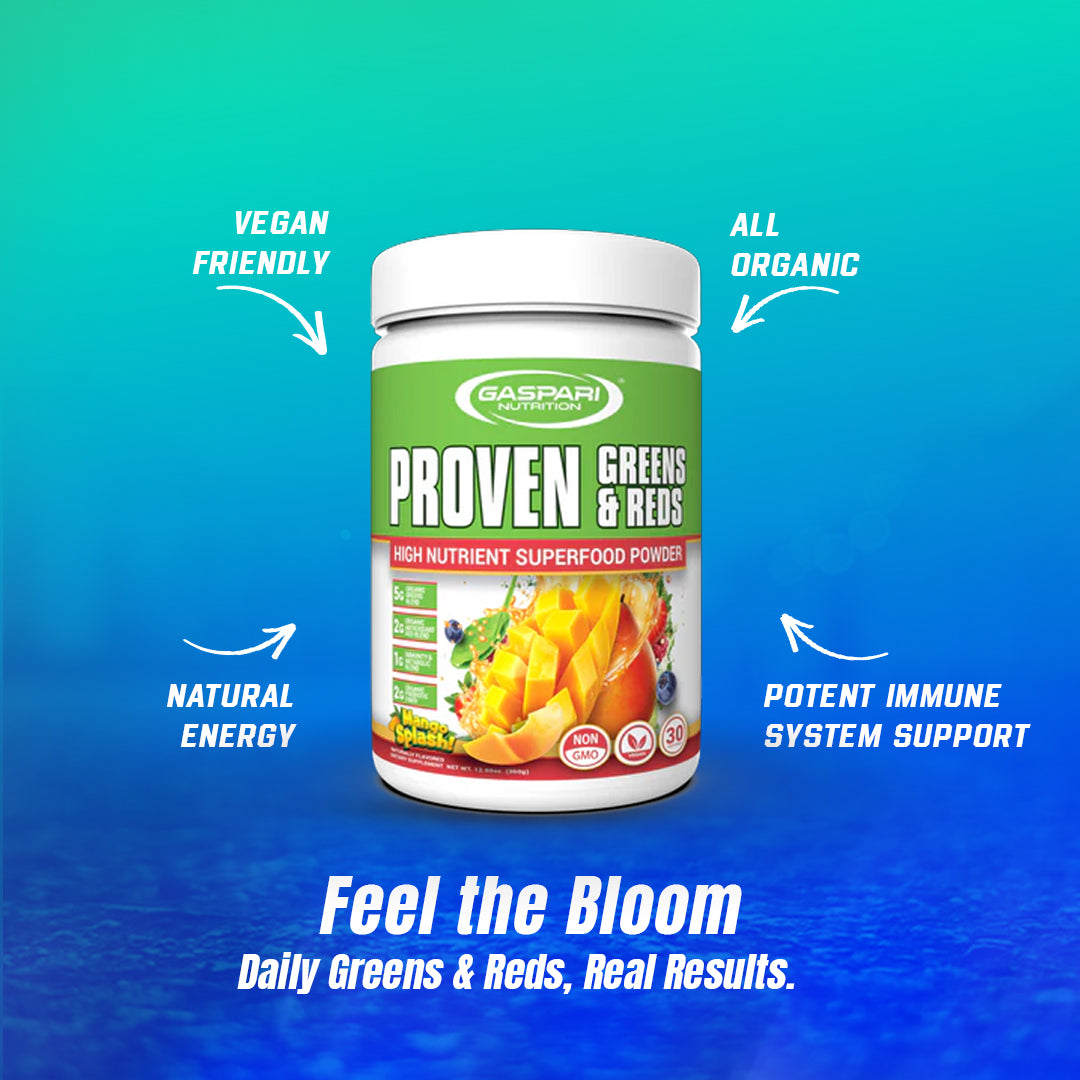
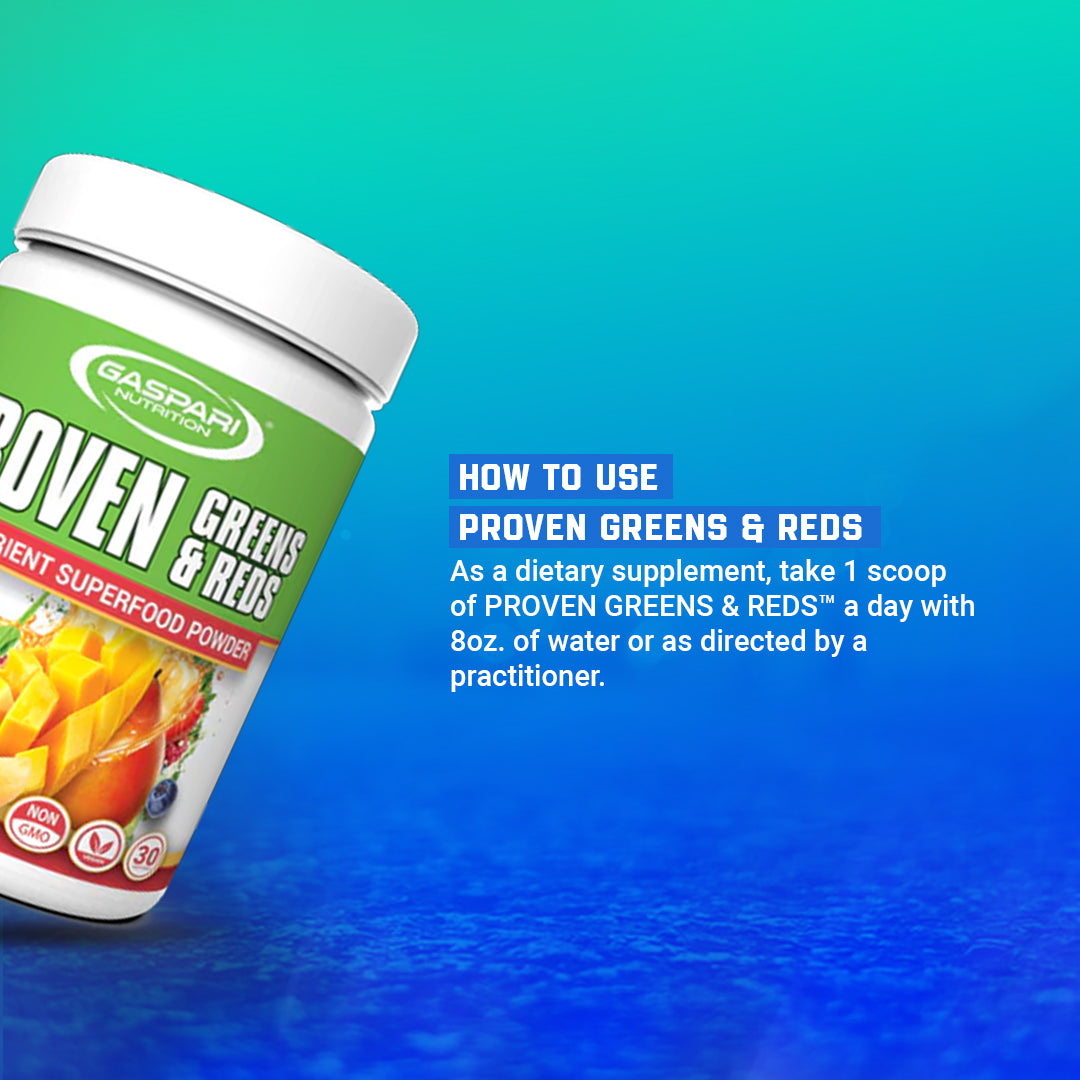
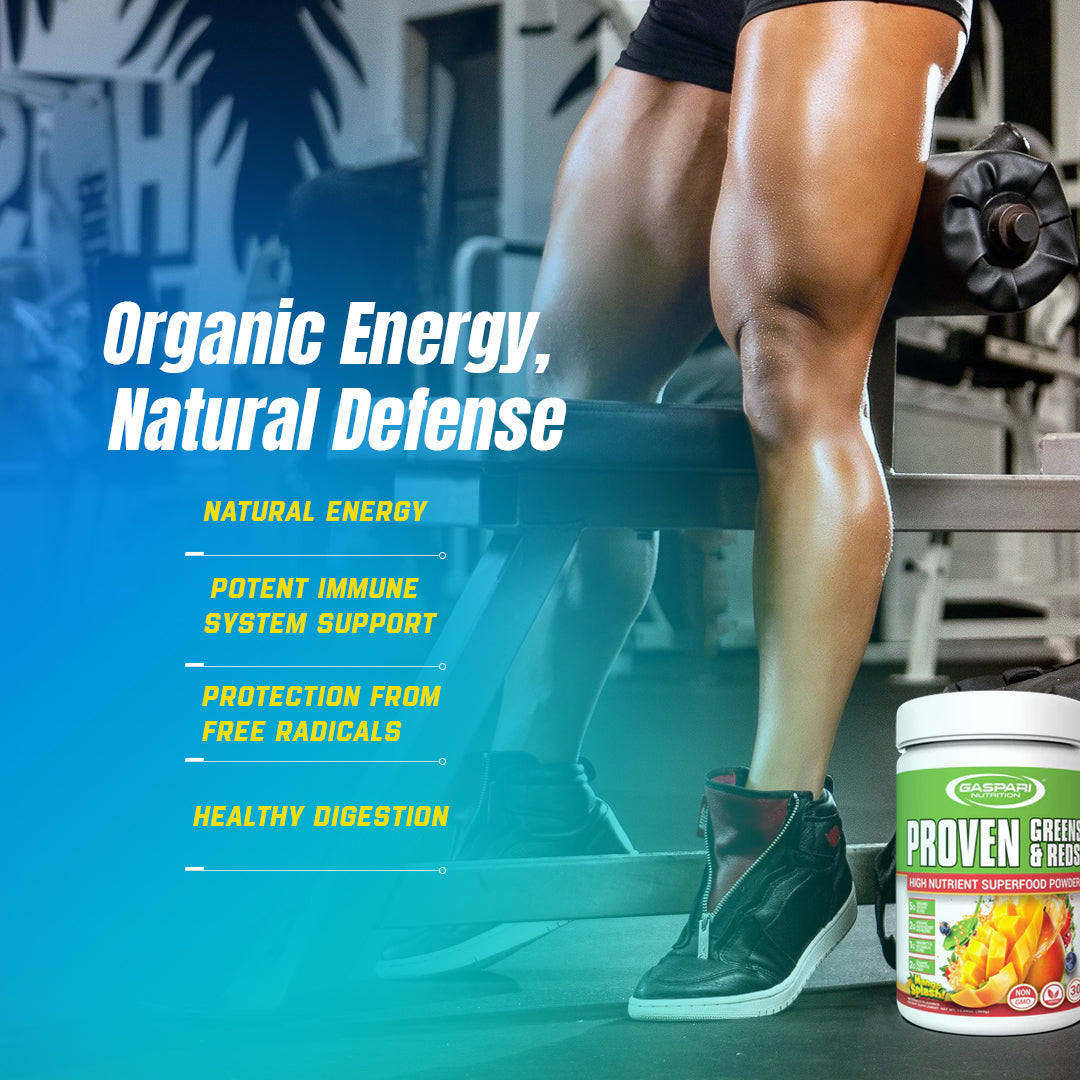
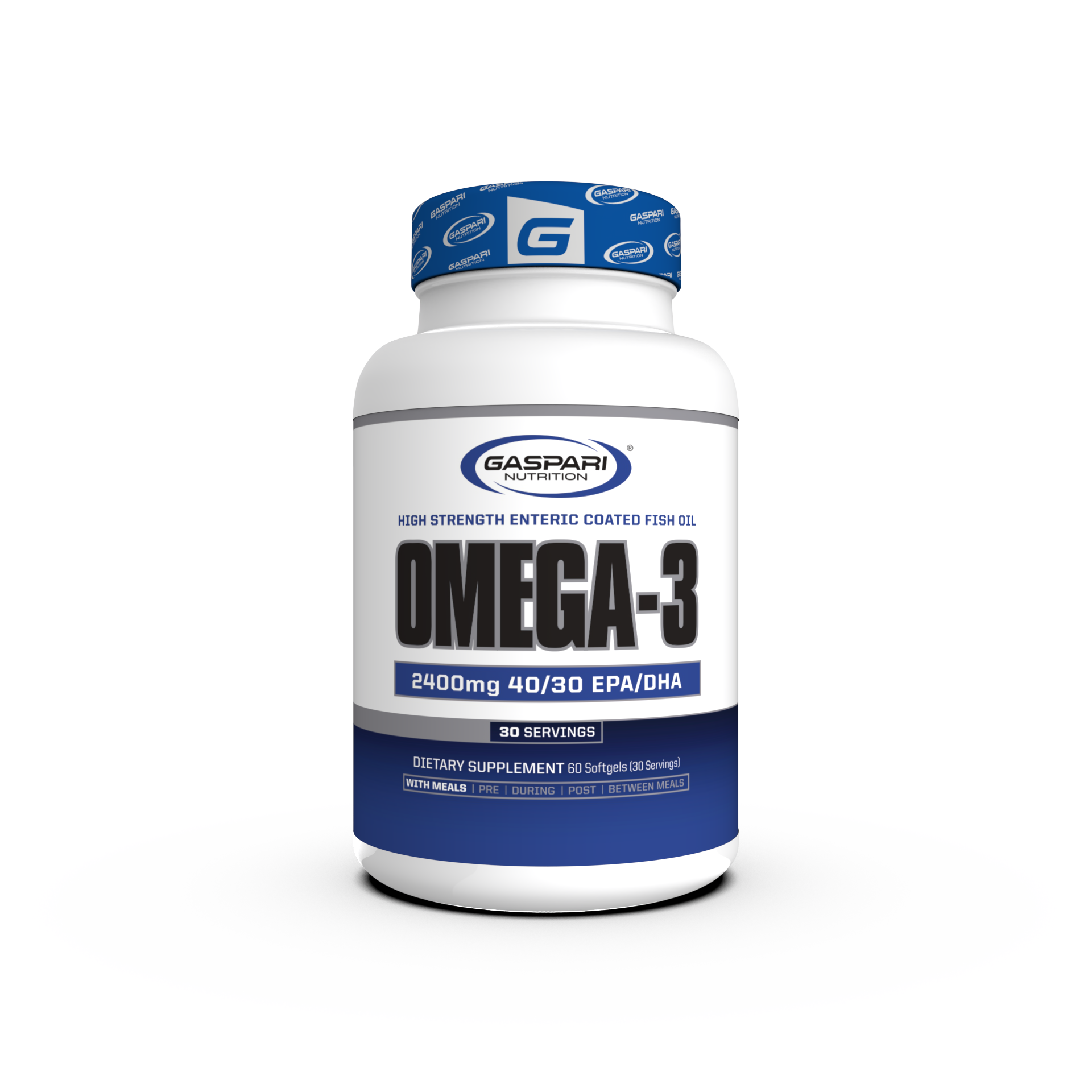
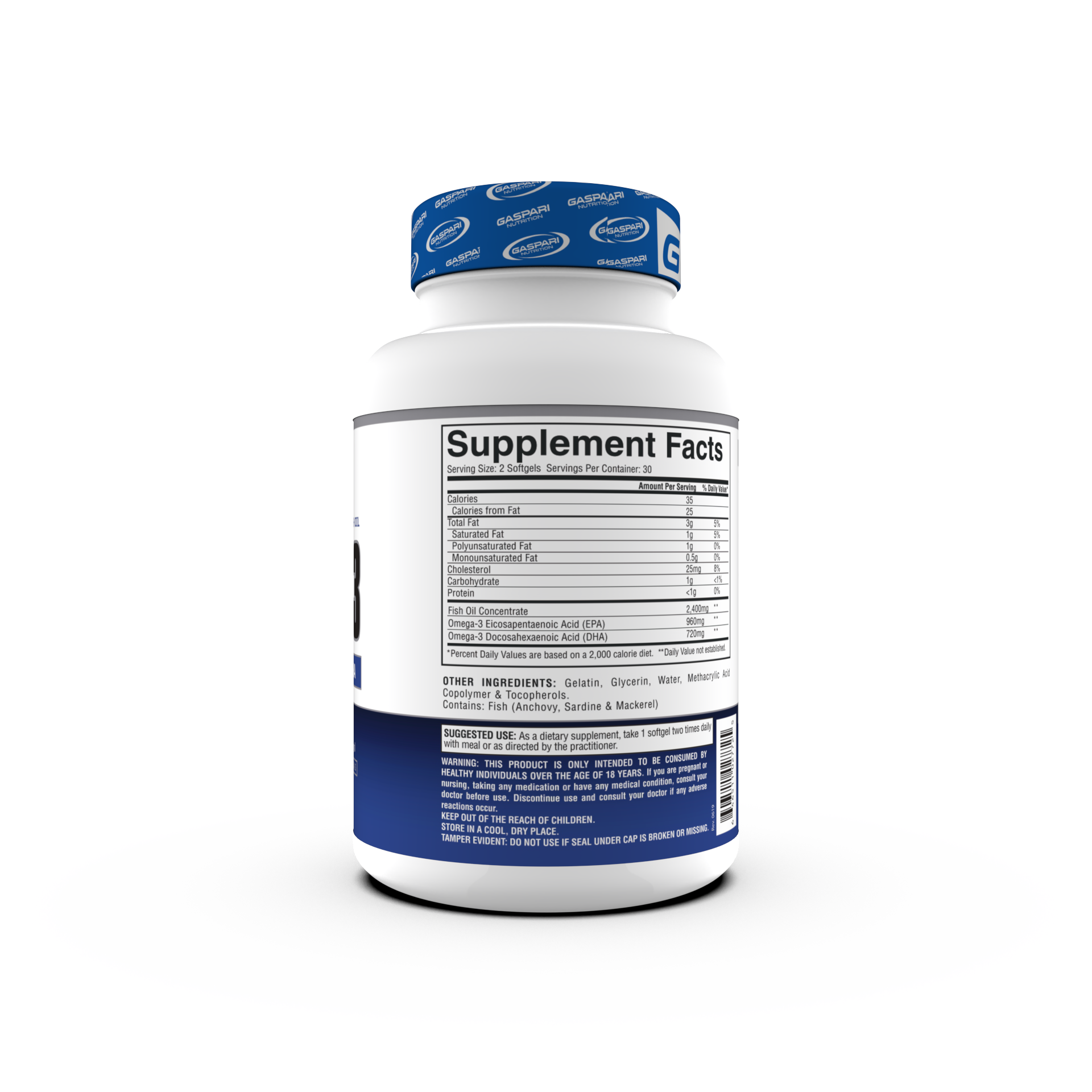
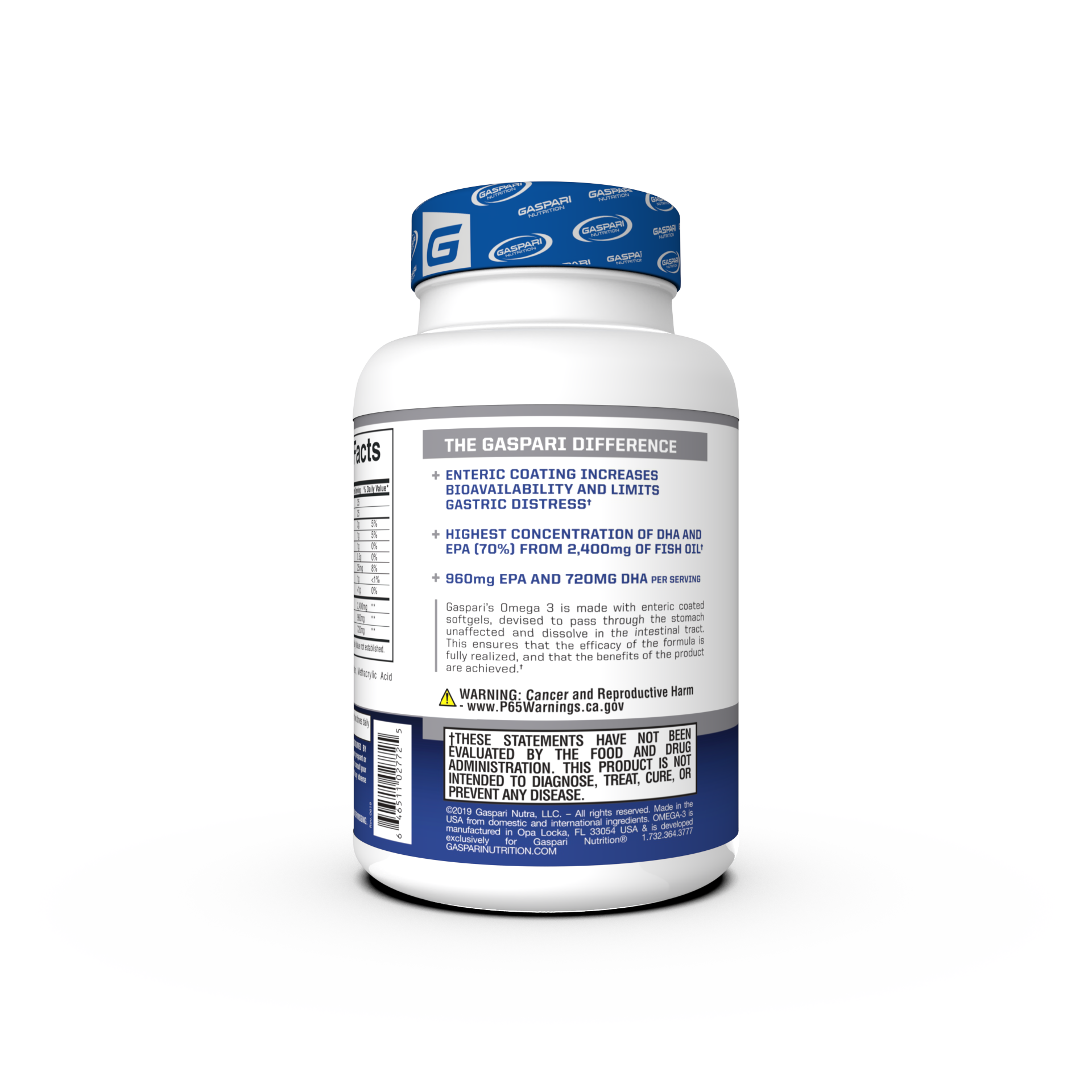

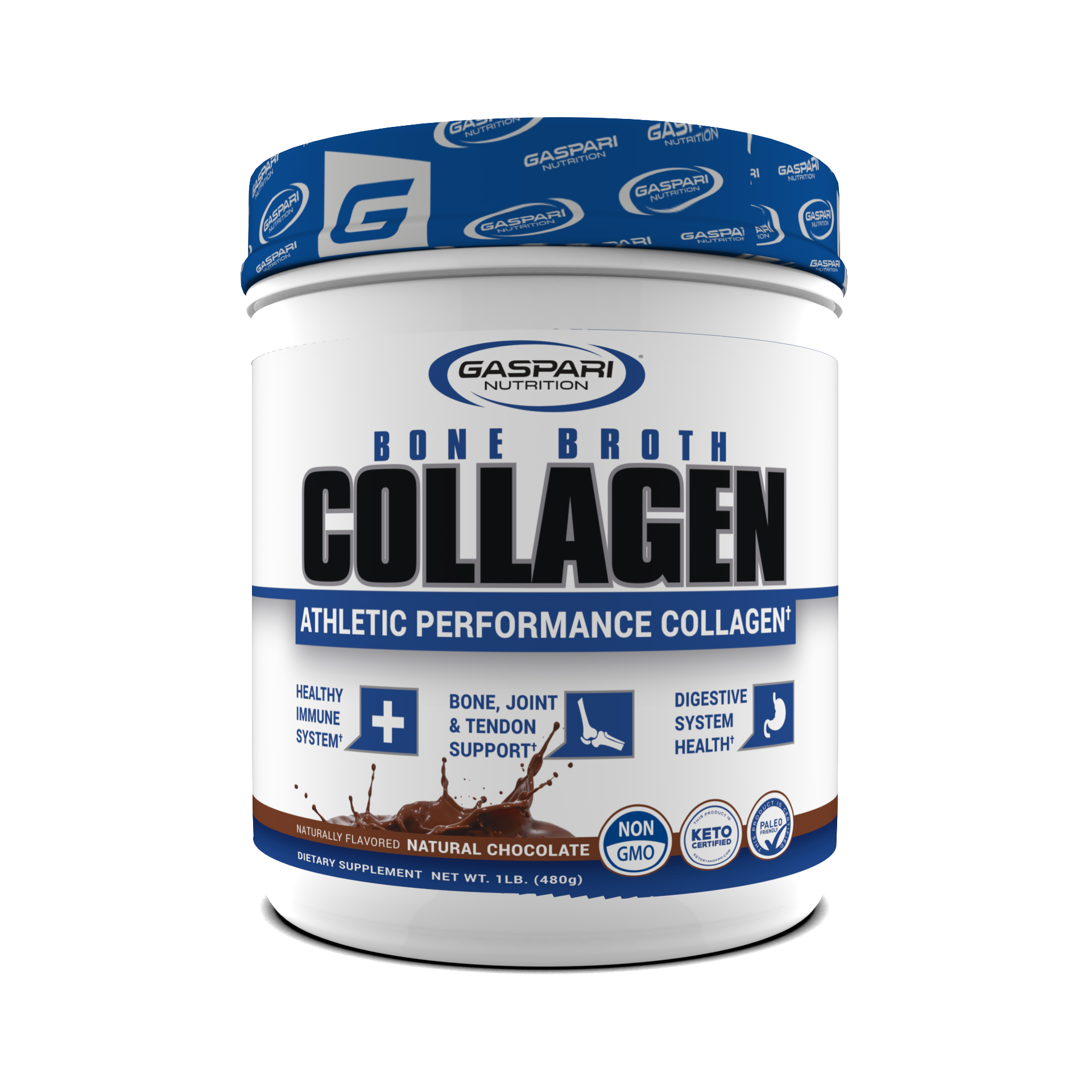
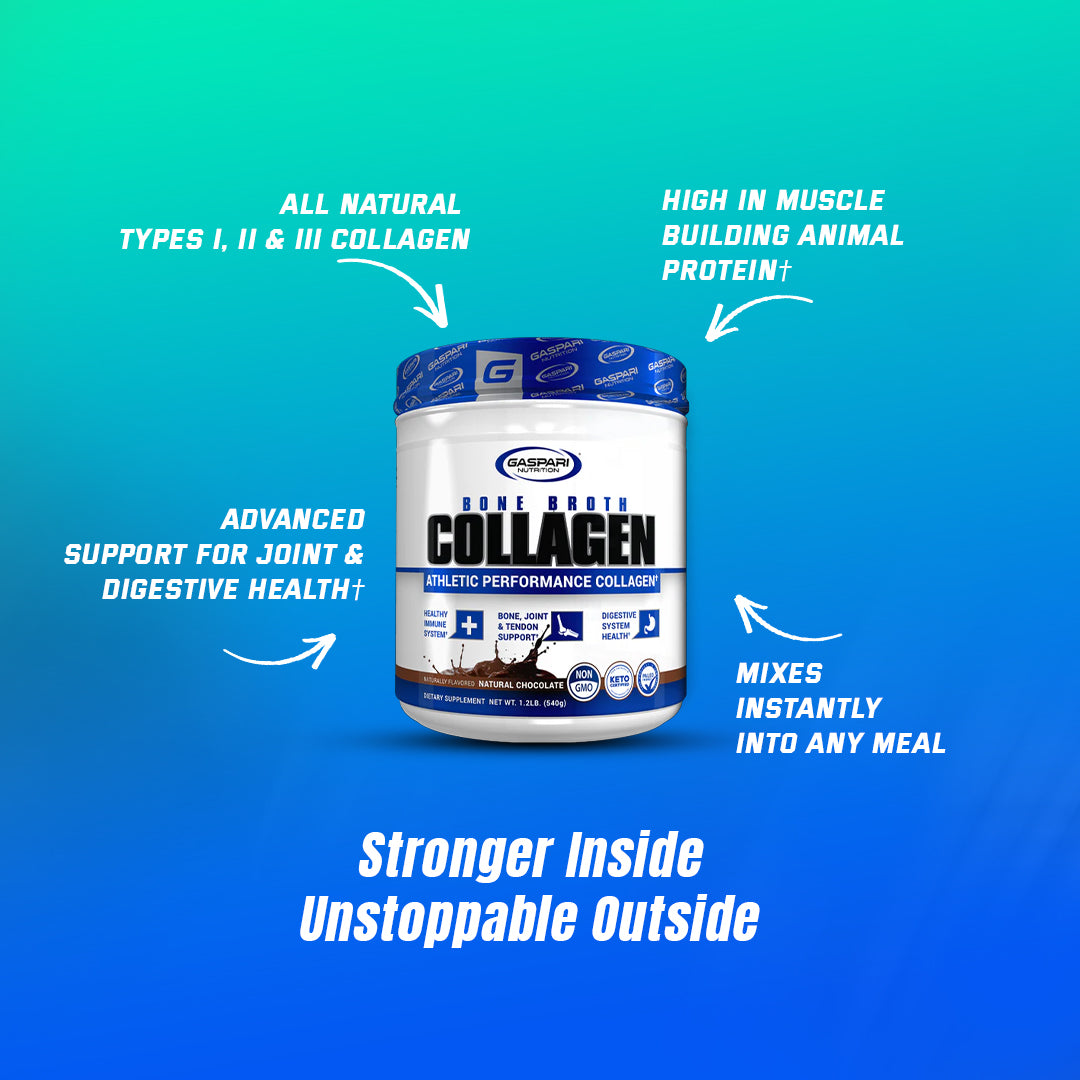

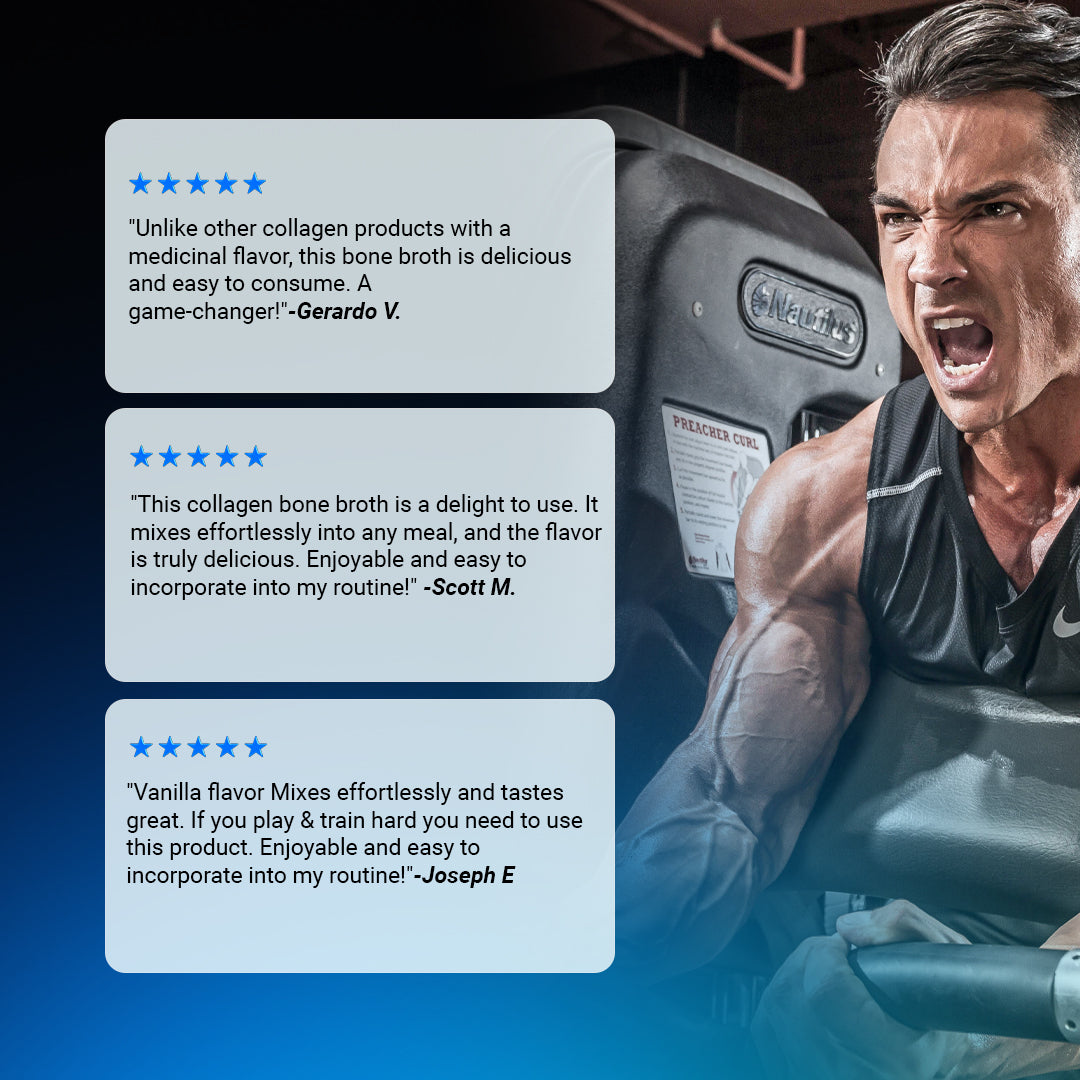
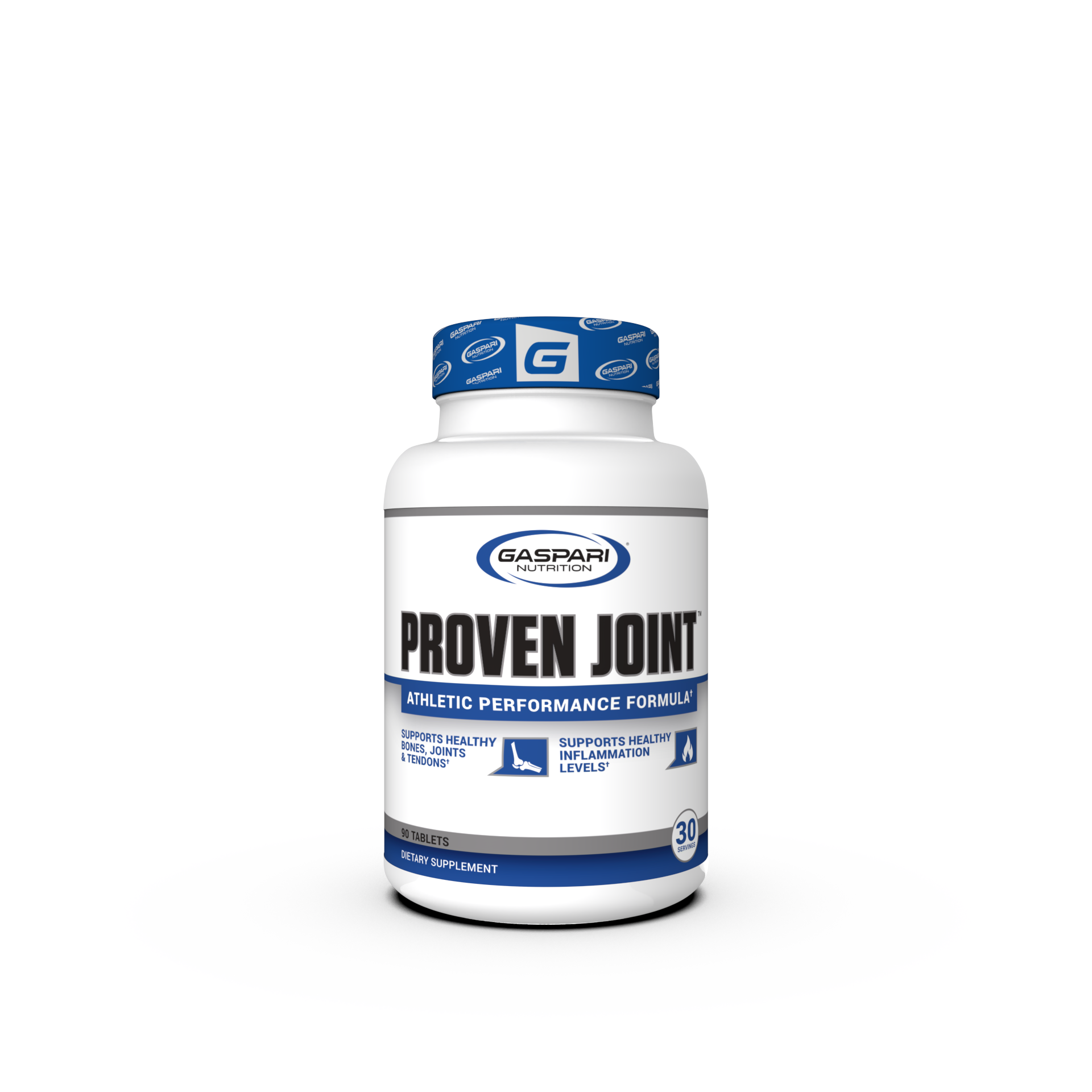
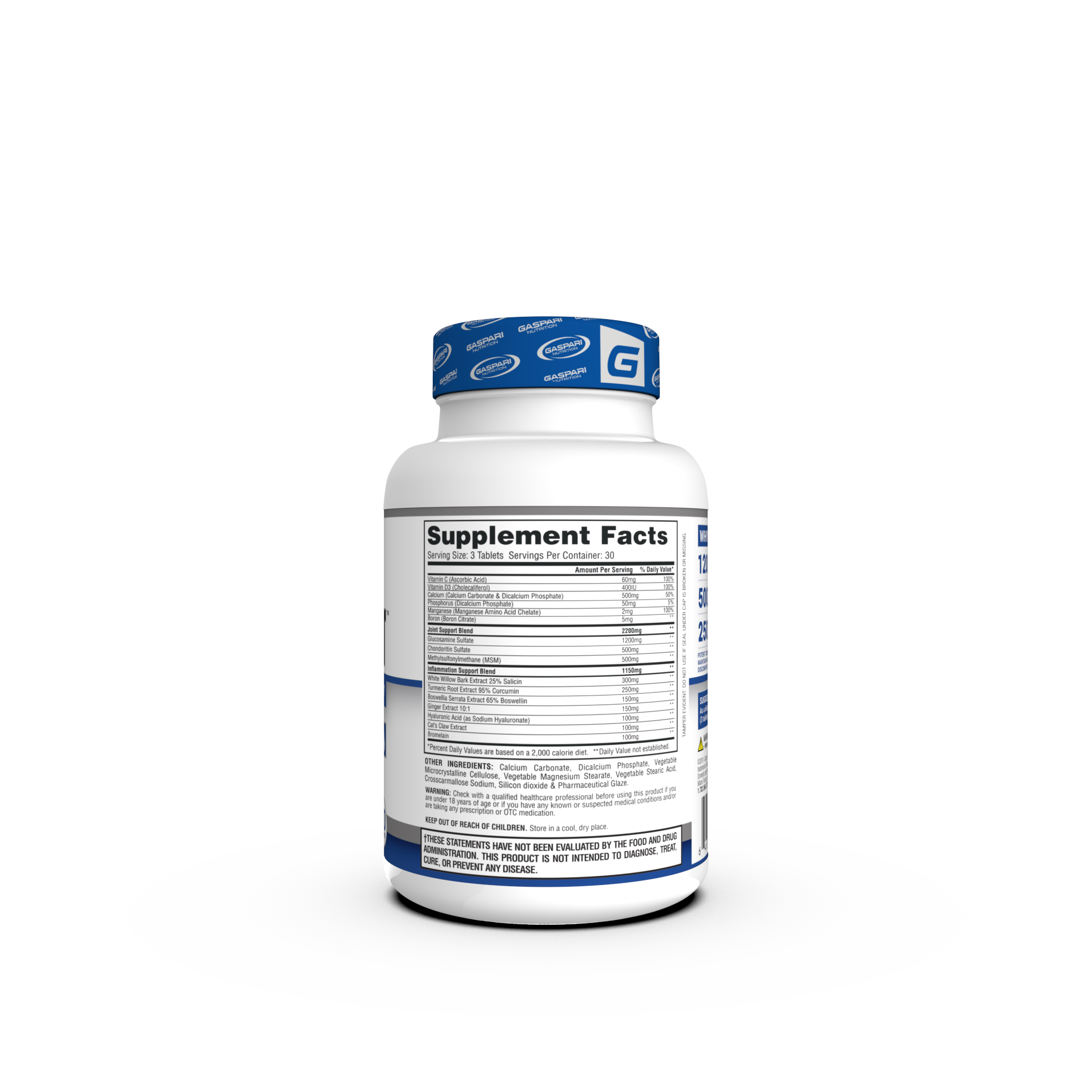
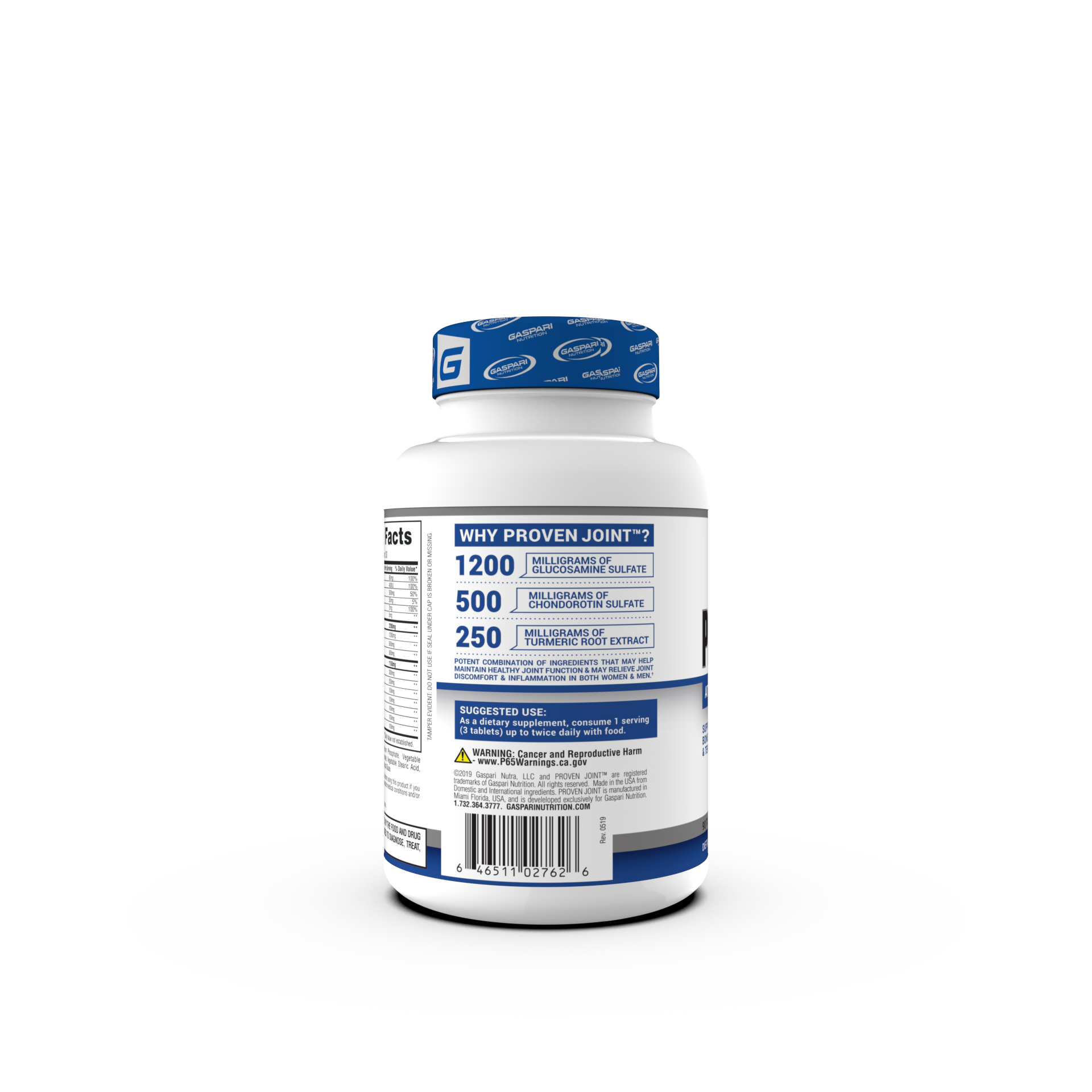

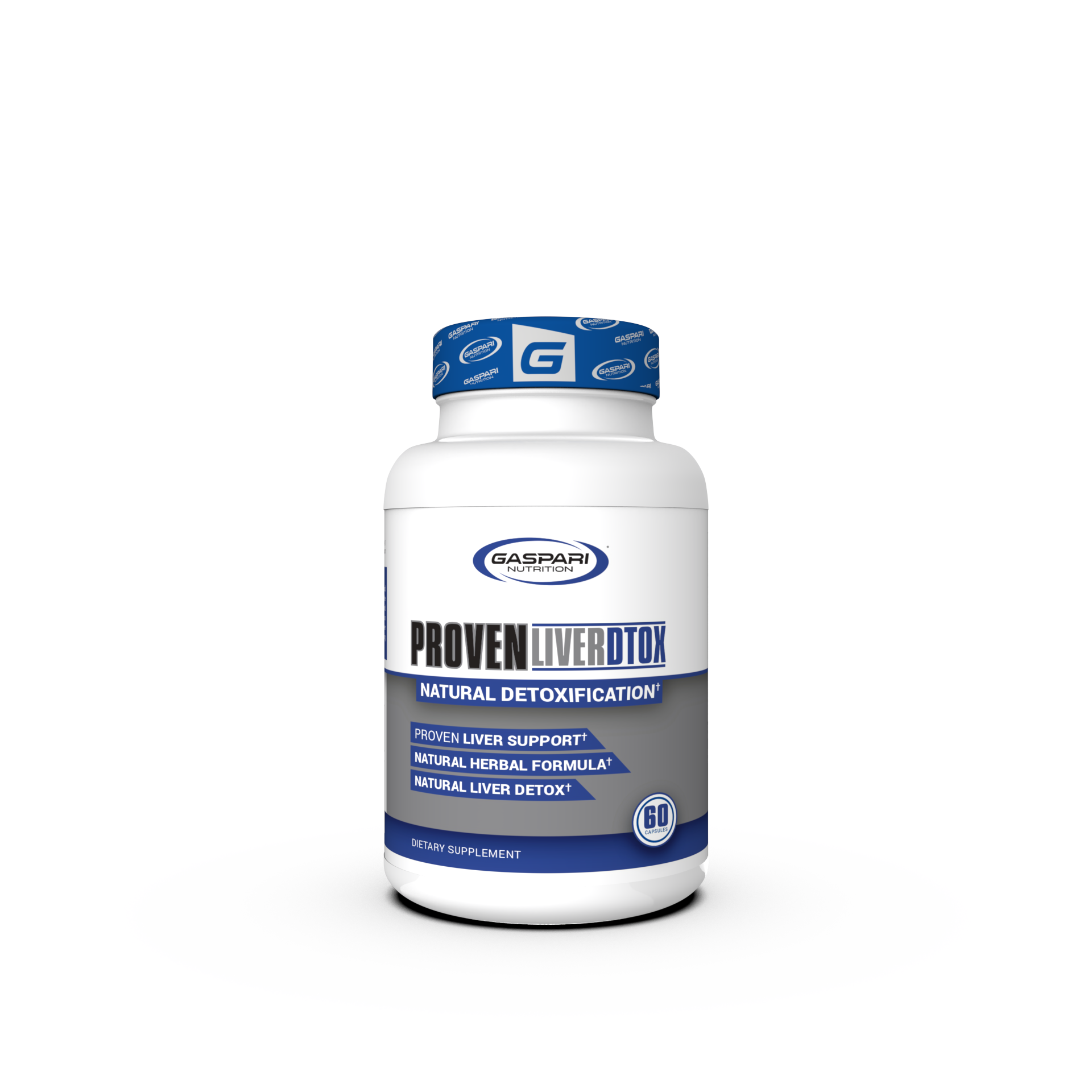
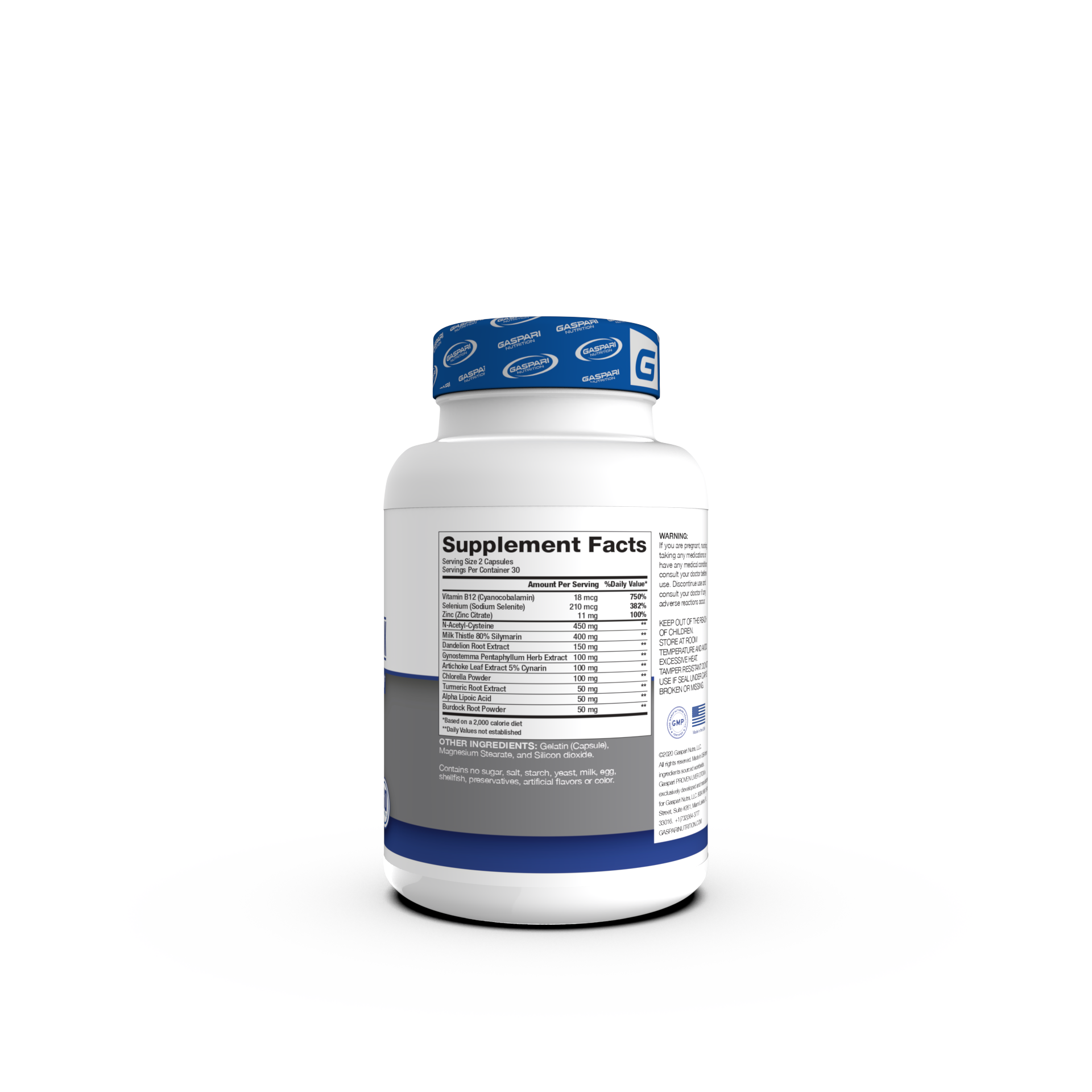
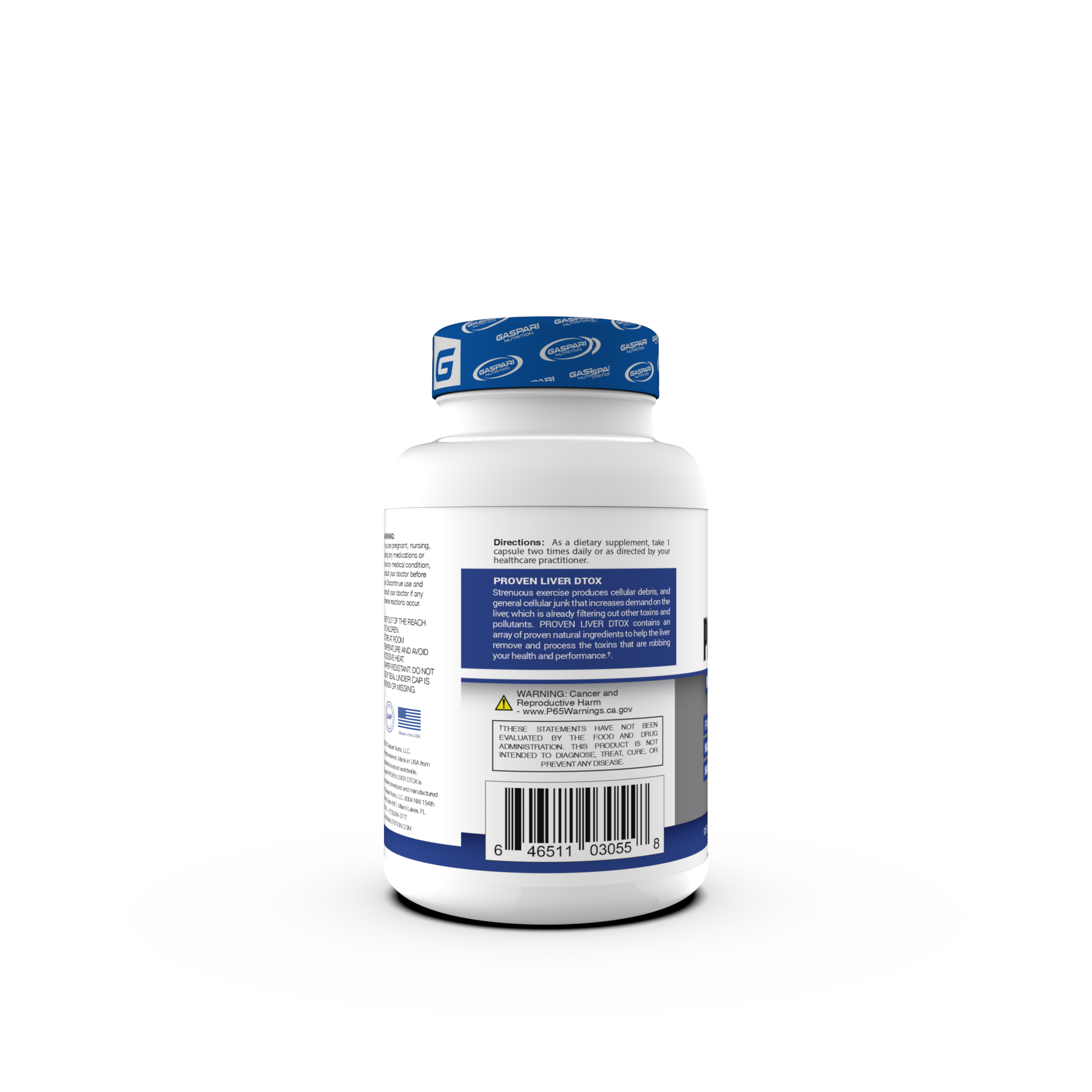

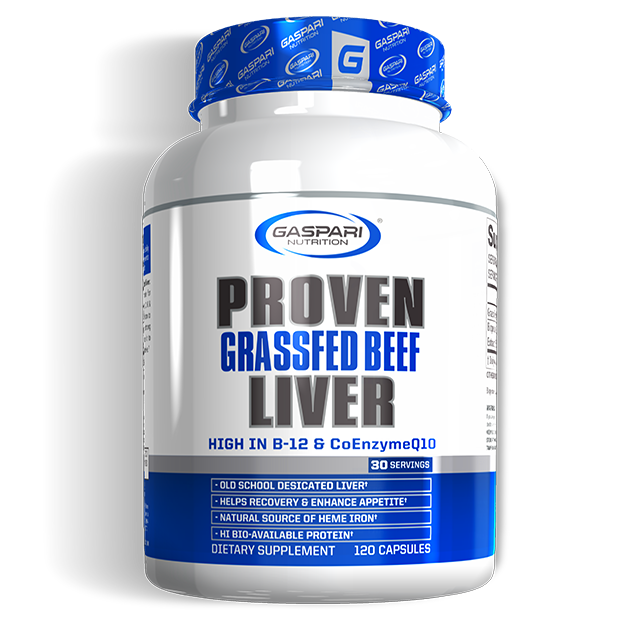
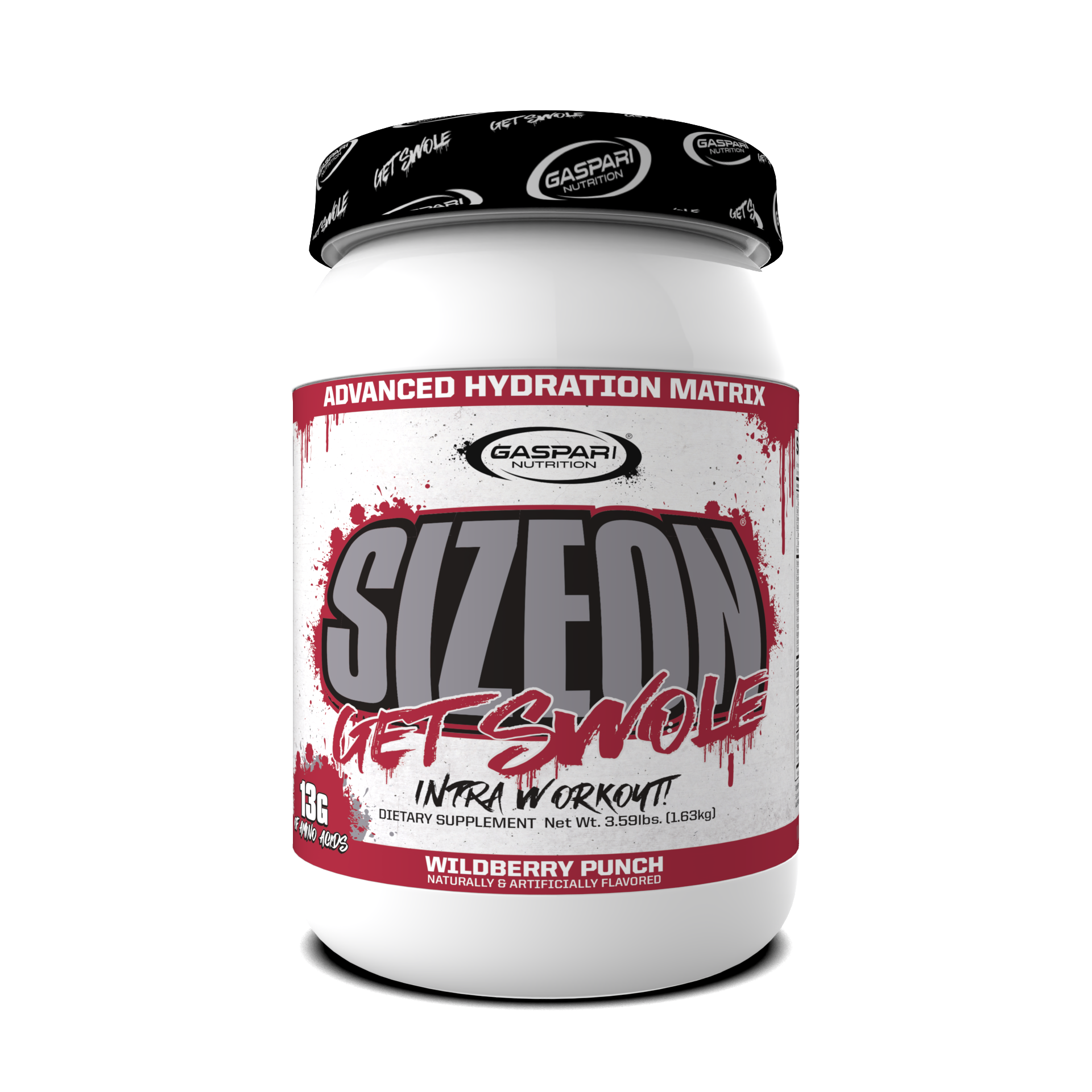
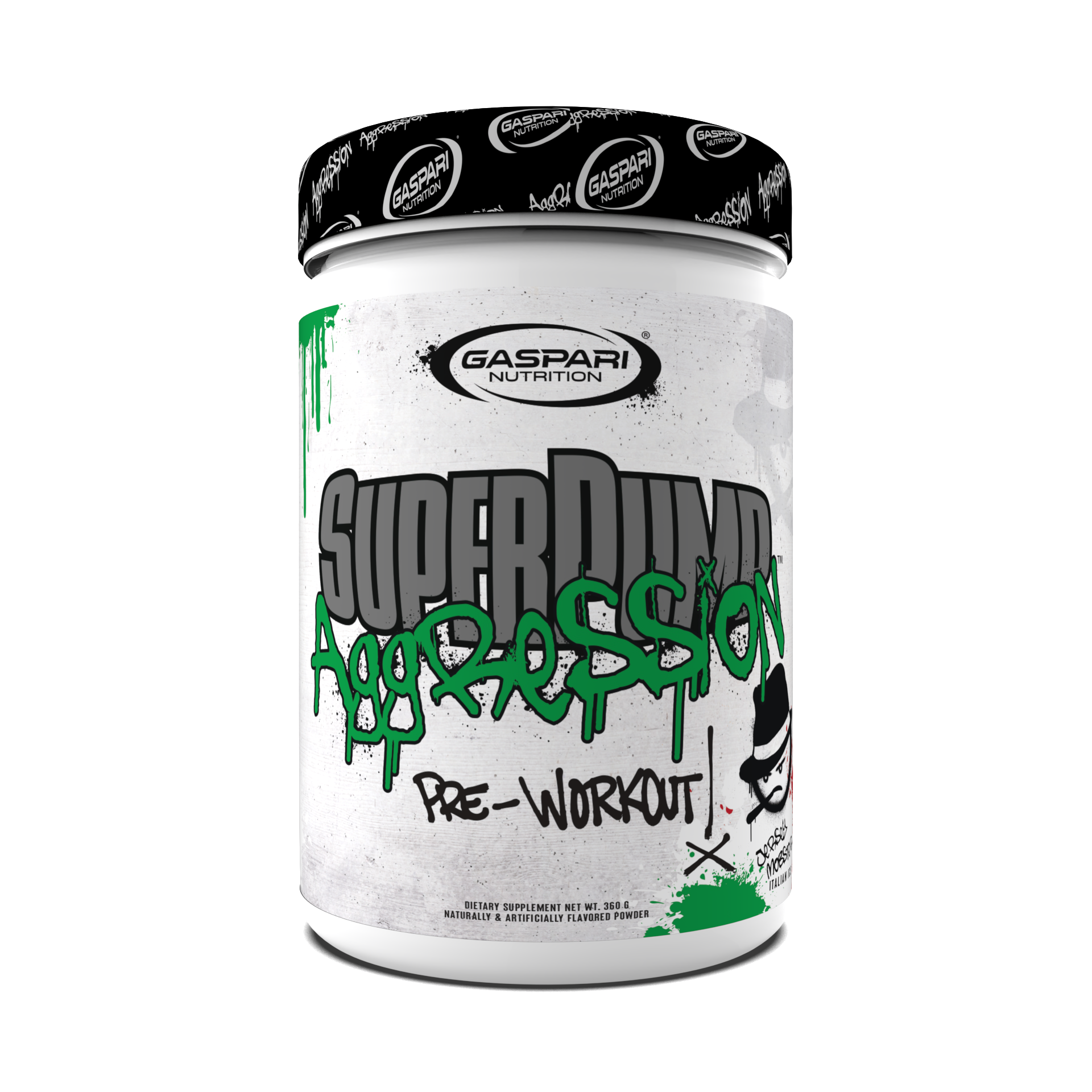
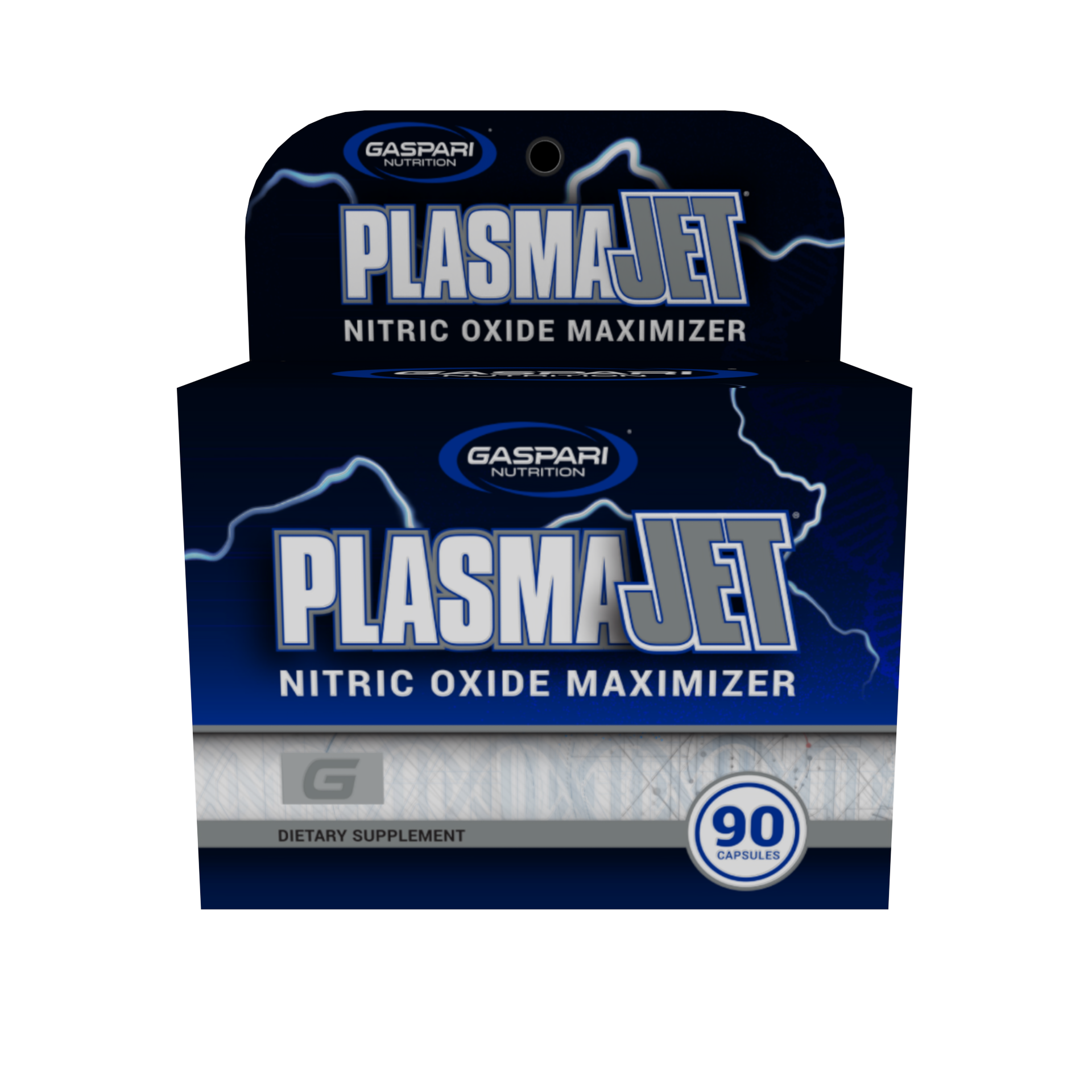

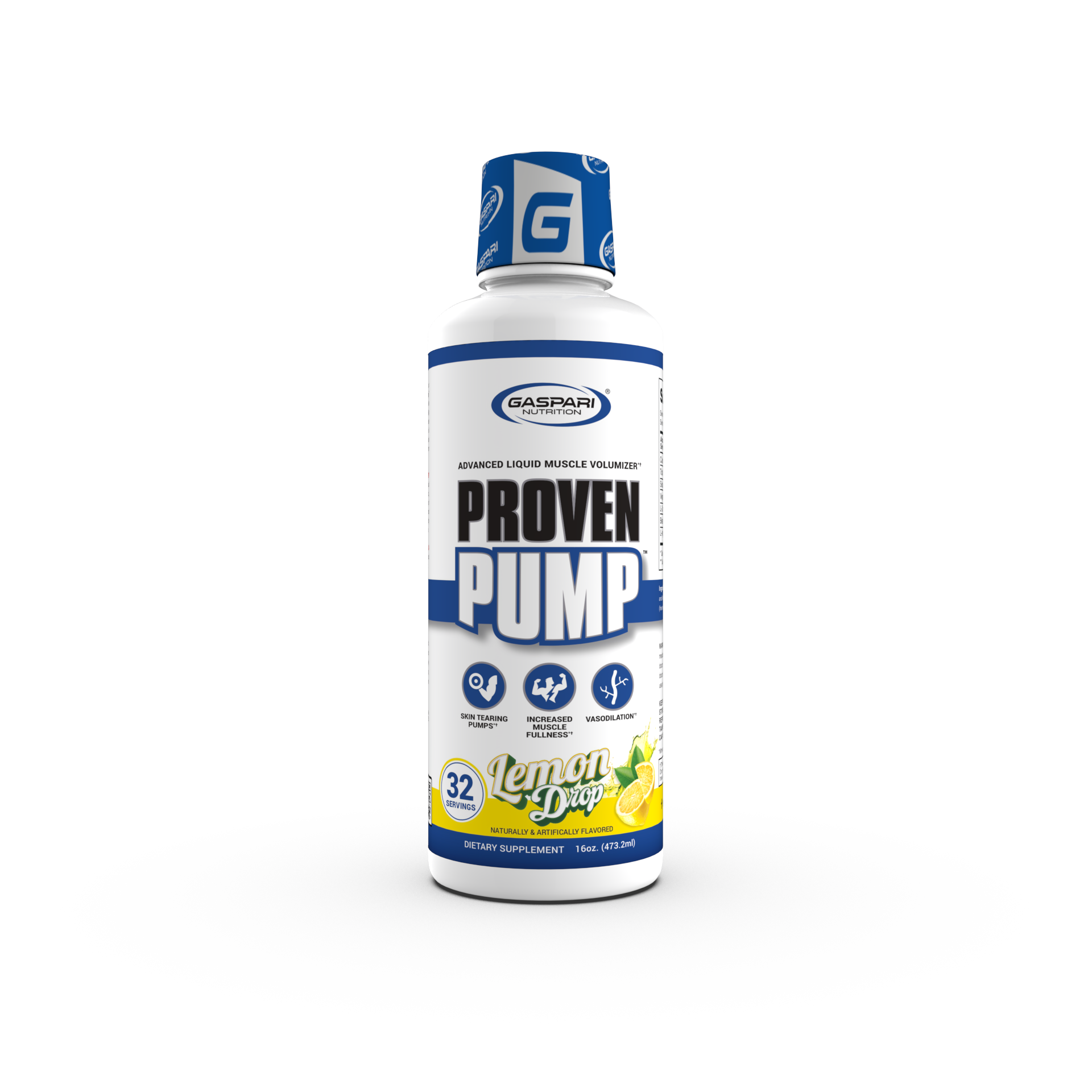
Share:
2019 Olympia Weekend Message
How Does Squatting Make My Upper Body Bigger?